The Bloodhound SSC supersonic car will make its first land speed record attempt in October 2017 after new funding has put the project back on track.
The 13.5-metre-long vehicle will first run in June of next year as part of a 220mph test session, before heading to the South African desert in October with the aim of breaking the current land speed record of 763mph. That run, which aims to take the Bloodhound to 800mph, will also be used to gather data for the car’s headline-grabbing 1000mph record attempt in 2018.
How Bloodhound's 1000mph car is inspiring a generation
“This is probably the biggest moment in the Project’s history," said Project Director Richard Noble. "Before we could only see financially a few months ahead but now we can put our foot down and really go for it.
"We’re in this position thanks to the incredible support of our partners and sponsors, and the dedication and sacrifice of many people, including a skeleton crew who have held the fort and quite literally kept the lights on.
"Most of all it has been the amazing public response that has sustained us. Thousands of children up and down the country are racing Model Rocket Cars and there is tremendous public enthusiasm for the Project wherever we go."
Bloodhound's new partners are due to be announced in the coming months.
The car and its engines
Bloodhound's engineers can now return to the project and begin to dissasemble the so called trial-build car (the first revealed car was a trial fit of all the parts without fluids), and then reassemble the car ahead of its first run, checking everything fits and adding new parts where necessary.
Power for the Bloodhound comes from three sources – with the primary engine being the same Rolls-Royce EJ200 jet engine that powers the Eurofighter Typhoon. The jet engine will only allow Bloodhound to reach around 650mph, however, at which point the car’s hybrid rocket will be activated, propelling the car to its first target of 800mph.
Feeding the hybrid rocket with propellant will be Jaguar’s supercharged 5.0-litre V8 engine – the same unit that appears in the F-Type sports car. It’s rated for 550bhp and can pump up to 40 litres of propellant per second; officials say the unit could fill a standard bath tub with propellant in three seconds.
Combined, Bloodhound’s engines have 133,151bhp – the same as 111 Bugatti Veyron Super Sports. The record-breaking 0-1000mph run is expected to take just 55 seconds, with the full run – including deceleration – taking just over two minutes.
The driver
Driving Bloodhound SSC will be Andy Green, who already holds the current land speed record – having achieved 763mph in Thrust SSC in 1997. Bloodhound project director Richard Noble – himself a land speed record holder – says both car and driver have been developed together. “Andy is the only person who’s been supersonic in a car," said Noble. "It is highly spectacular, of course. It’s all about human endeavour and human progress.”
Noble describes stopping Bloodhound as being “the difficult part” of the challenge. “What we have is a low-drag, heavy piece of machinery travelling at 1000mph, so the kinetic energy is huge," he said. "Stopping it is actually more difficult than getting it up to speed.”
When Green reaches 1000mph, he’ll step off the throttle, allowing the car to slowly come down to around 800mph. Then he’ll activate an airbrake that deploys at a measured rate, putting around 3g of braking force through the car.
Once Bloodhound is travelling at less than 600mph, a supersonic parachute – which also acts as a back-up if the main airbrake fails - is deployed, bringing the speed down to 250mph. Once there, Green can then activate the car’s wheel brakes to come to a full stop.
The 36in forged wheels will be spinning at up to 10,200rpm during the car’s fastest runs, bringing the possibility of hidden stones being kicked up and into the car’s bodywork at breakneck speeds. To protect Green, composite ballistic panels developed by Morgan Advanced Technologies have been fitted to the car’s cockpit. The panels have already survived a 2000mph ballistics test to prove their integrity.
The record
To successfully break the current land speed record, Green must not only get the Bloodhound to achieve 800mph (and subsequently 1000mph) in one direction but also repeat the feat in the opposite direction within an hour.
Engineer Roland Dennison says the focus of the team waiting for Green at the finish of his run will be on getting the car refuelled for its second journey. “Everyone has to work on it,” he says. “We have to make sure it’s able to run within the hour. We have to change the rocket pack, refuel the 900-litre rocket fuel tank, possibly refuel the jet engine tanks and check all of the car’s systems are working. There’s not much spare time in there.”
In all, the Bloodhound team will spend around three months in the South African desert (most likely sometime later this year), collecting data on the car’s performance and culminating in its first record-breaking run to 800mph. At that point, the car and the team plan to return to the UK to analyse the data and prepare for the 1000mph run.
Having previously identified possible record sites in Australia, Turkey and the US, a 12-mile section of the Hakskeen Pan in South Africa was eventually identified as having the right conditions for the record attempt. The site is close to the Verneuk Pan, which was used for Sir Malcolm Campbell’s record attempt in 1929.
First test
The first test of both car and driver will come next Easter, when Green will pilot Bloodhound to 200mph at the Newquay Aerohub. “The first test is very important,” says Noble. “We’re getting to know our car and we’re getting to know how the team will work and maintain the car. It’s important that we get that work done at Newquay before we head to South Africa.
“There’s an enormous amount of research which has gone into this; it’s about 160 man years' worth. It’s a huge undertaking. You’re developing the car and the driver together."
Safety and education
A key target of the Bloodhound team has been to reach its 1000mph safely. Despite the inherent risks in reaching such speeds, Noble says the record attempt can be done in a controlled way. “The land speed record is one of the safest of all sports; there have been very few fatalities," he said.
“The few that have happened in the 1960s were of course spectacular, but back then the teams could not model their cars. In other words, they had no idea what was going to happen. We can model the car and we can compare that data with the research data and know that you’re safe.”
Bloodhound has also set out to inspire the next generation of engineers by visiting schools nationwide and setting up workshops and practical rocket challenges for children.
Project costs
The Bloodhound project will have cost around £45 million in total by the time the 1000mph record is set. Around £25 million of that funding has been spent on getting the car built, with a further £20 million needed to set the record. Most of the project’s funding has come from sponsorships and technical partnerships.
One of Bloodhound’s chief technical partners has been Jaguar, which is supplying support vehicles as well as the V8 auxiliary power unit. Among the support vehicles is specially modified Jaguar XJR which will act as a Rapid Response Vehicle. The 543bhp XJR was unveiled at the Goodwood Festival of Speed this summer, and features a bespoke fire suppressant system on board. Two of the XJRs – built by Jaguar Land Rover’s Special Vehicle Operations division – will accompany the Bloodhound team to the desert.
A modified version of the F-Type R AWD Coupé has also taken part in a high-speed communications test, as well as helping to test the supersonic parachute system. During the test the F-Type was driven flat out across South Africa’s Hakskeen Pan desert towards a fighter jet travelling at 500mph. The closing speed of close to 700mph allowed the team to test communications equipment.
The Bloodhound car was first revealed in model form in 2010, with the car's innovative rocket system first tested in 2012.
Anatomy of a land speed record attempt
Driver Andy Green will attempt to break the current land speed record of 763mph in 2016 using Bloodhound SSC. Here’s how he’ll do it.
1 – Green lines up Bloodhound along the 12-mile straight in the South African desert. He’ll engage the Rolls-Royce jet engine and slowly leave the start line.
2 – One running, Green will activate the jet engine’s afterburner, effectively dumping more fuel into the engine and dramatically increasing thrust. His speed will quickly increase to around 650mph.
3 – Green will activate Bloodhound’s auxiliary power unit, which takes the form of Jaguar’s supercharged 5.0-litre V8 engine. The engine starts to pump rocket fuel into the rocket, which then engages with the thrust equivalent of around 2.5G.
4 – Now running close to its maximum speed, Bloodhound passes through the six-mile marker of the course, and Green prepares to slow the car down.
5 – Green shuts down Bloodhound’s engines and steps off the accelerator. The car decelerates to around 800mph.
6 – At below 800mph, Green deploys the car’s airbrakes, which immediately provide around 3g of braking force.
7 – Once below 600mph, supersonic parachutes are deployed, further slowing the car.
8 – When Bloodhound decelerates to under 250mph, Green can then use the car’s wheel brakes to bring Bloodhound to a complete stop. The engineering team then sets about turning the car round and refuelling for its return run.
Read more:
It's not easy being Green - how to crack 1000mph
Blog - The astounding numbers behind the 1000mph Bloodhound SSC
Blog - the appliance of science behind Bloodhound's 1000mph bid
Blog - it's time to embrace the Bloodhound land speed record project
Darren Moss and Sam Sheehan


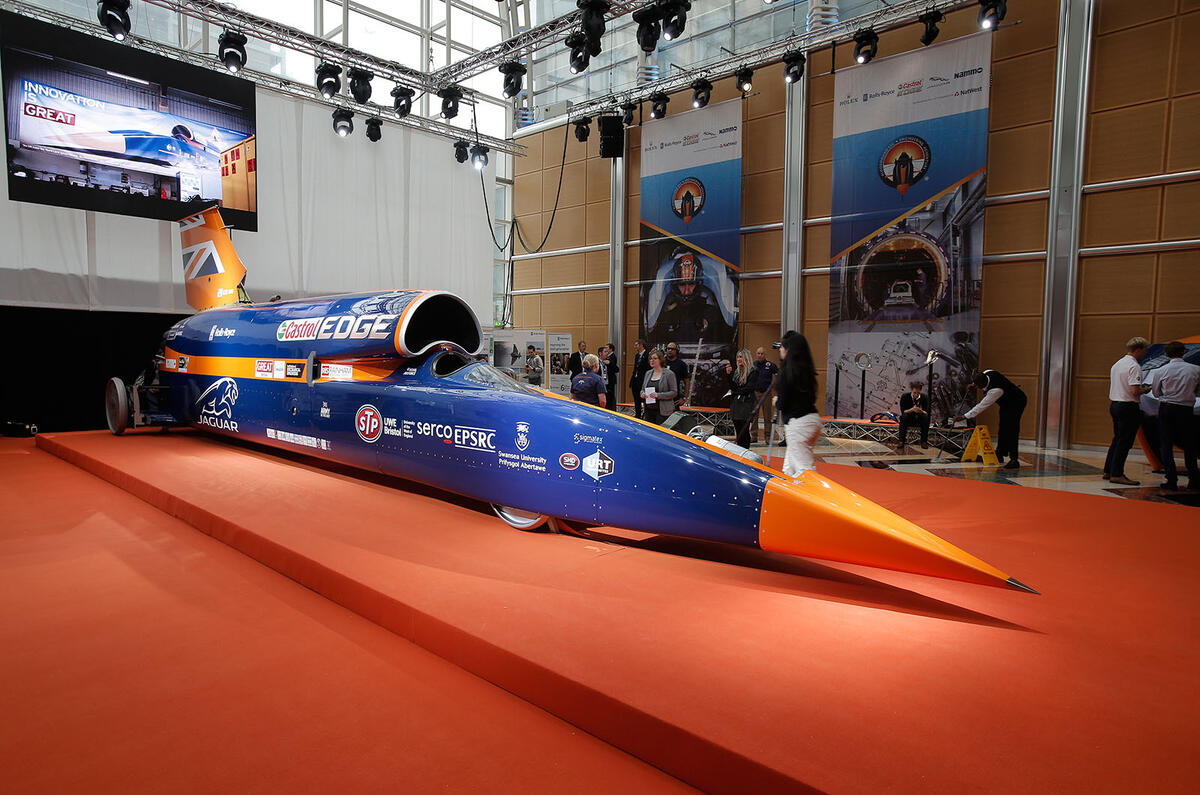
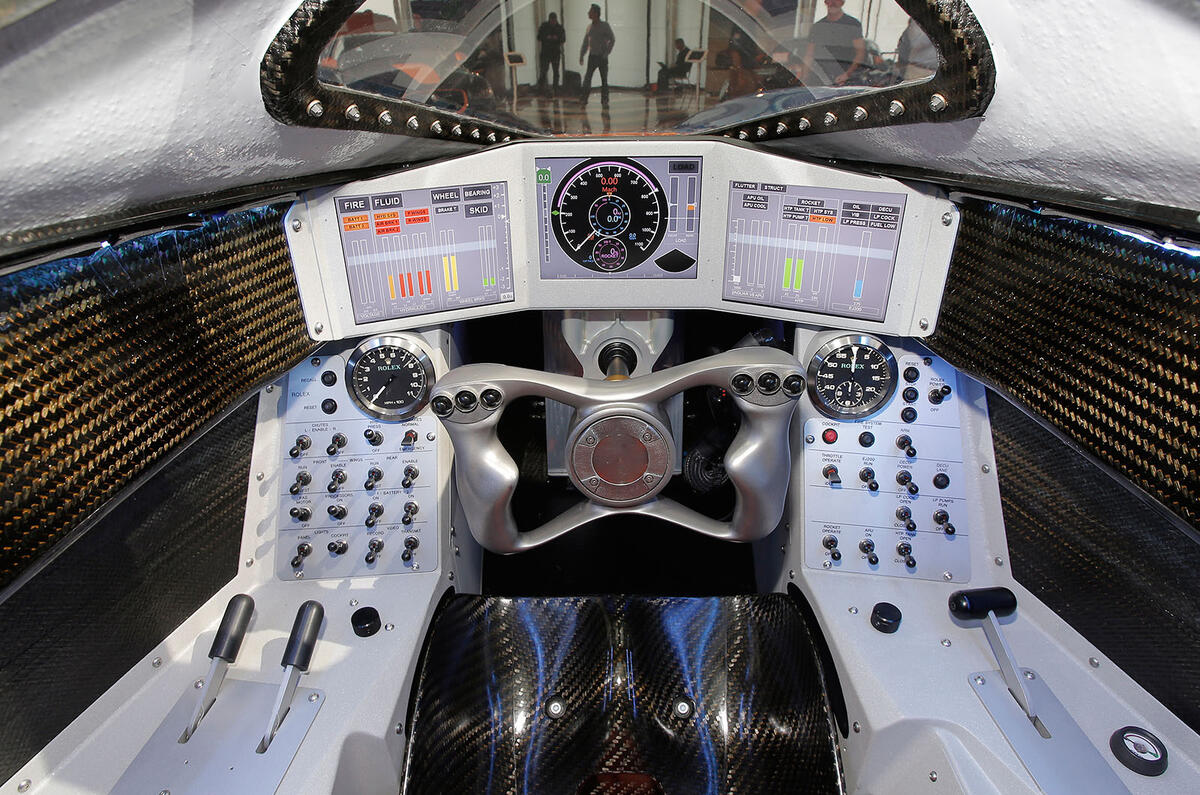
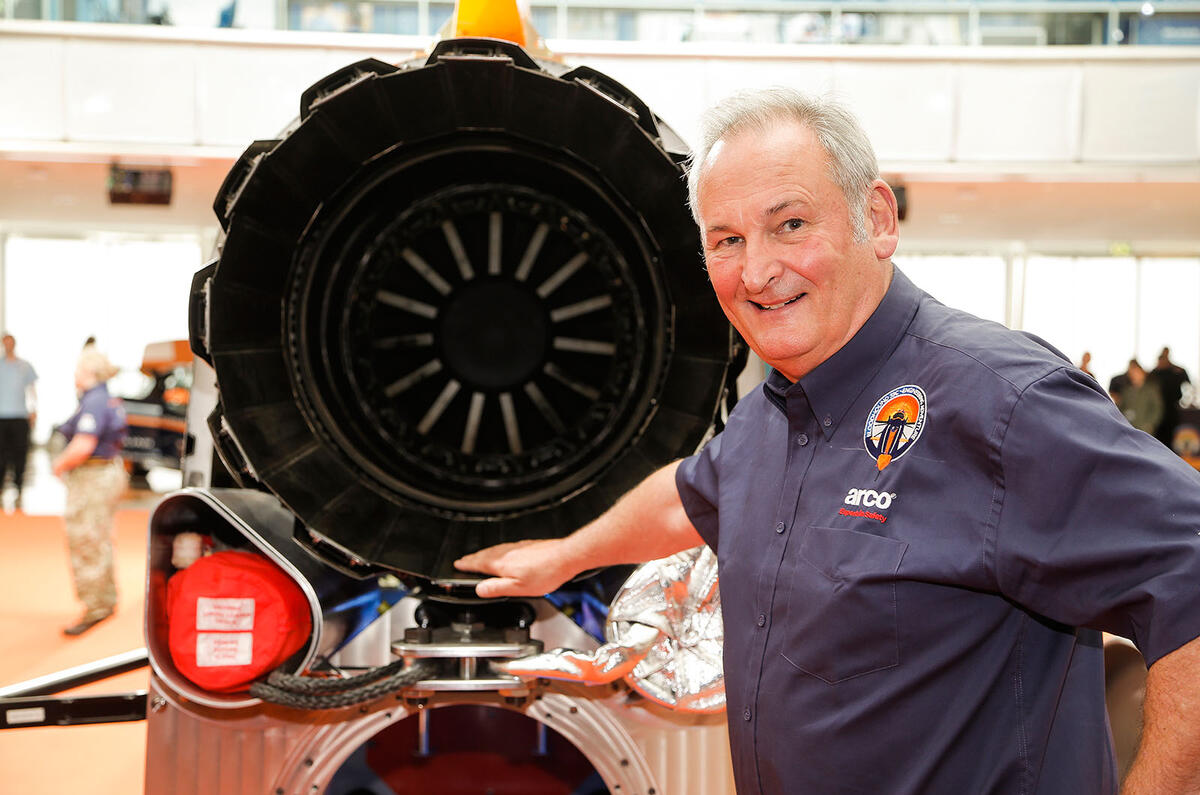
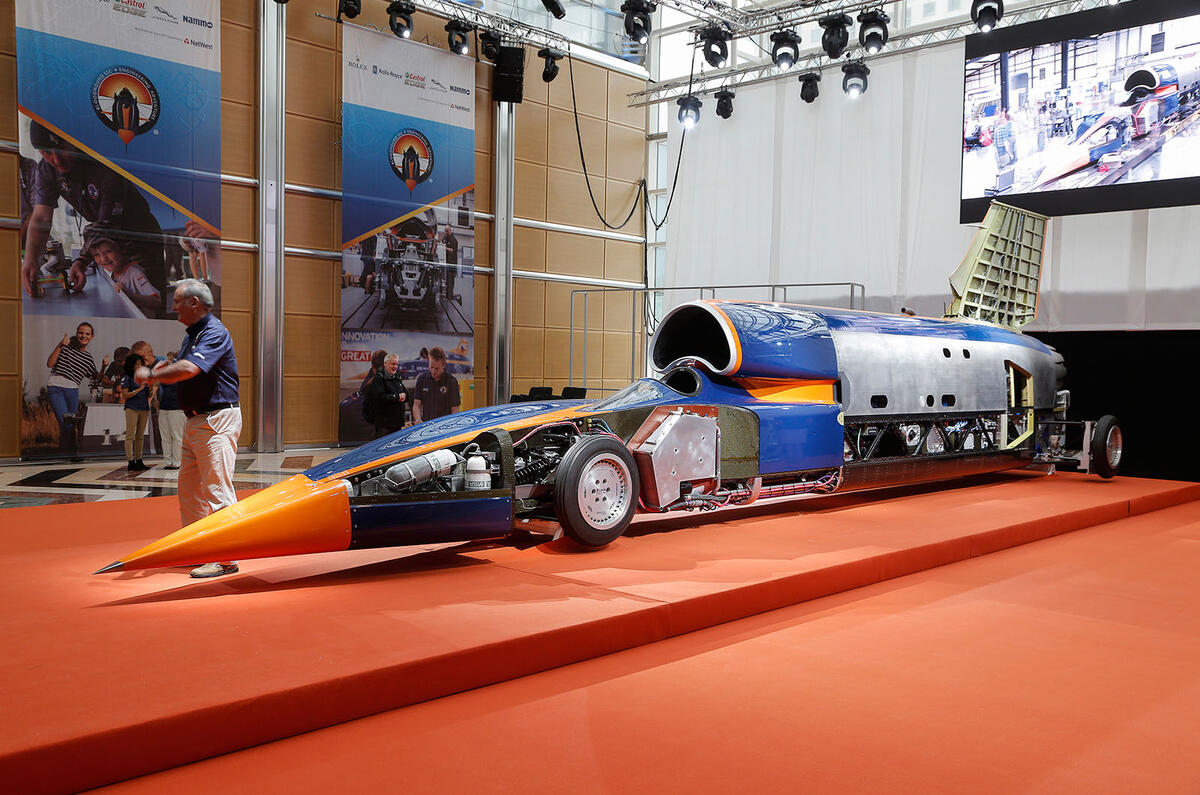
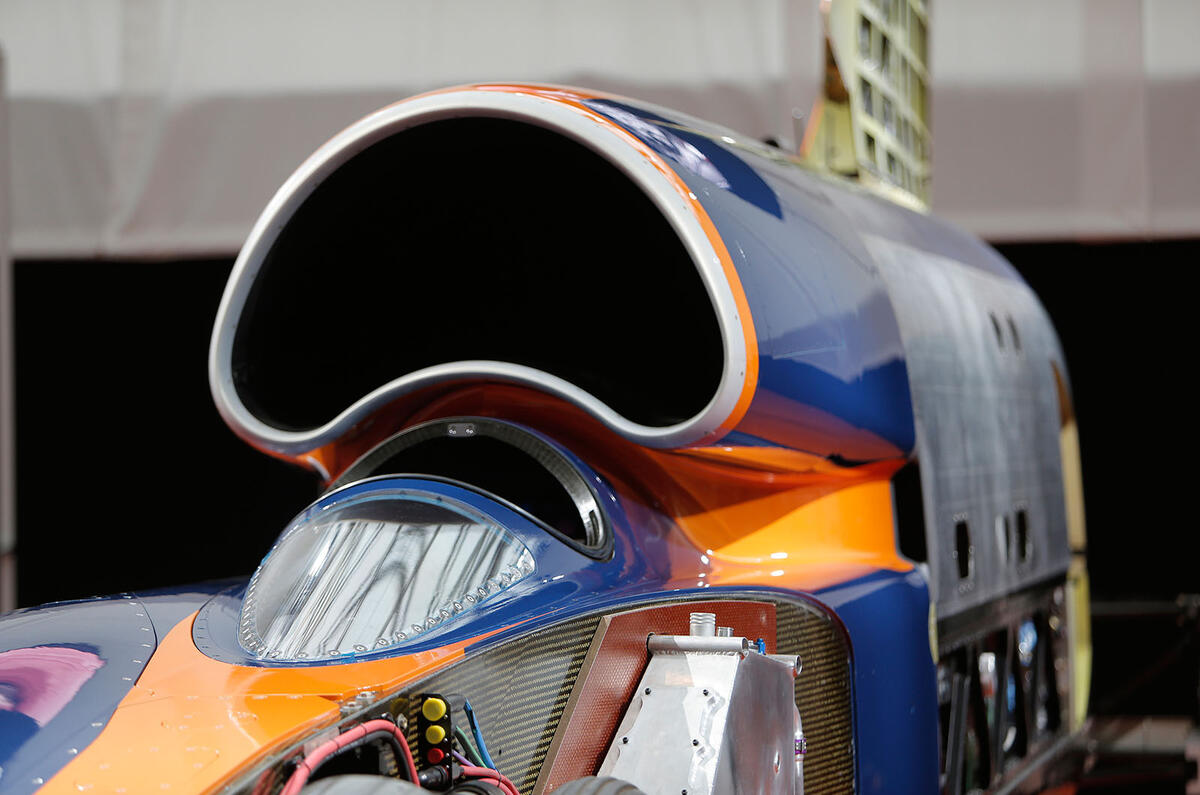

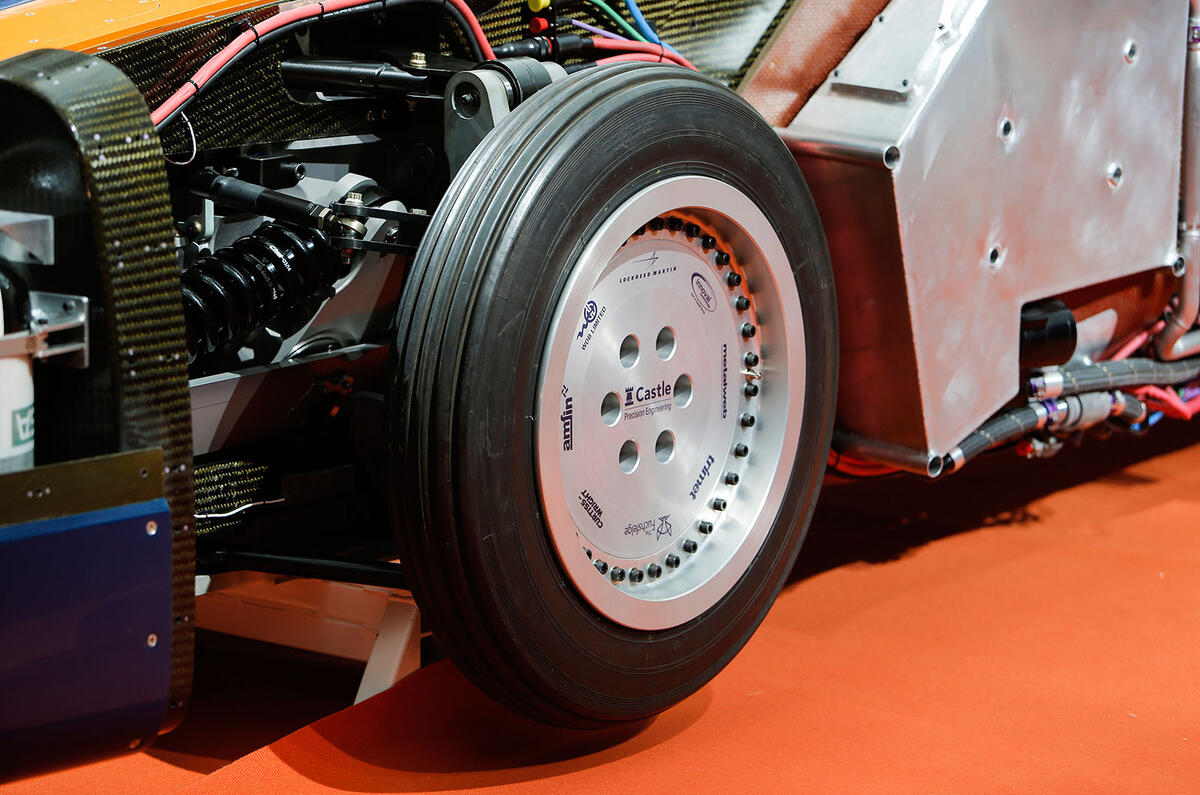
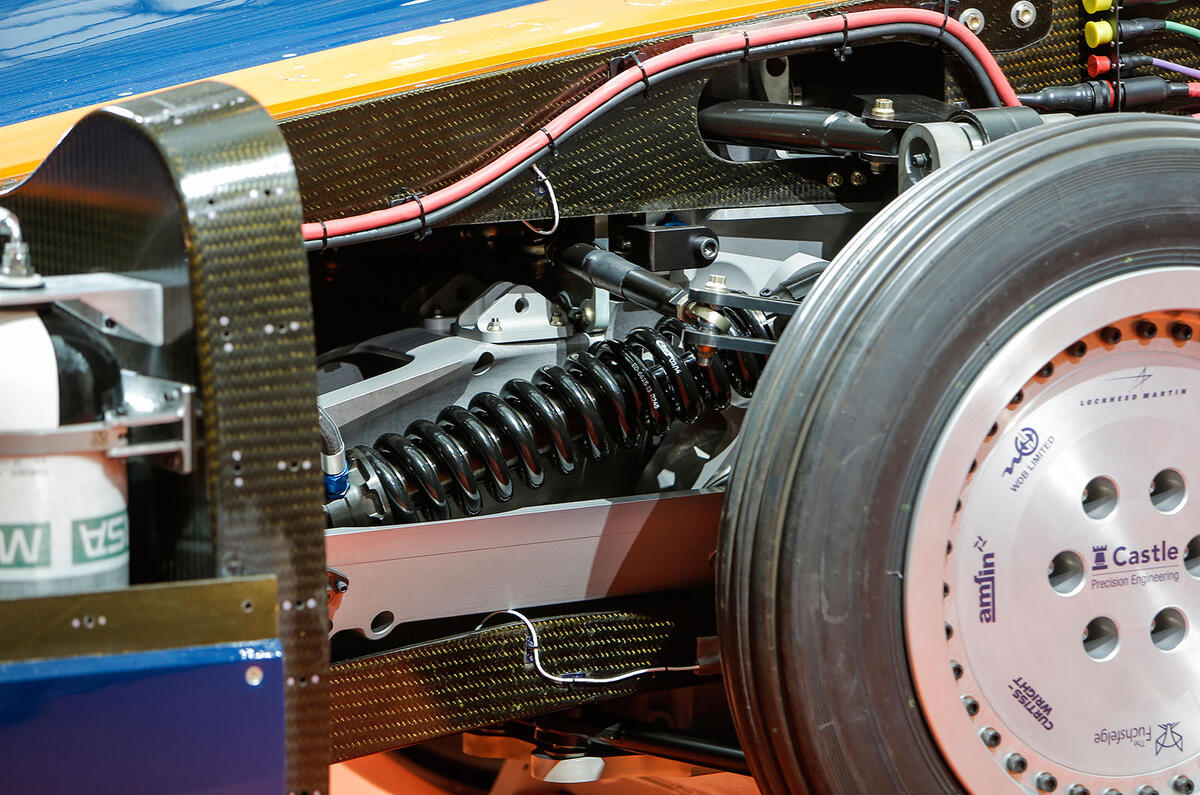

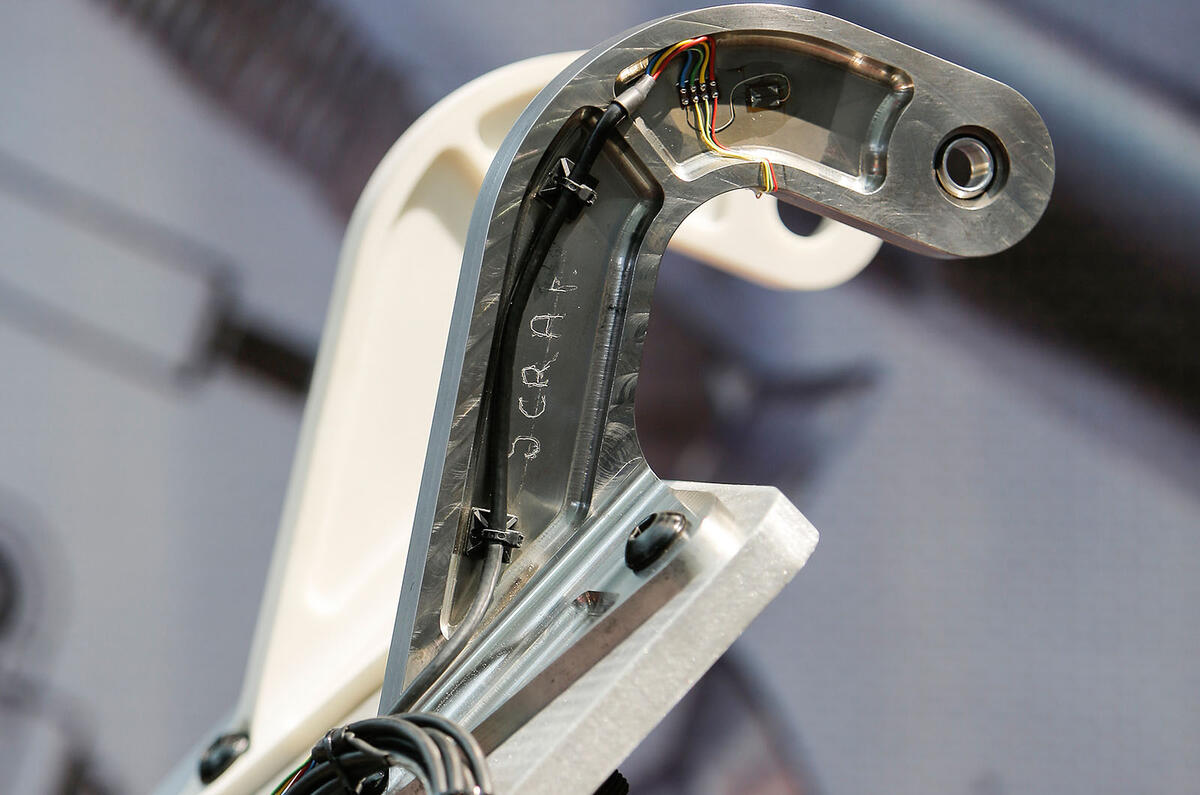
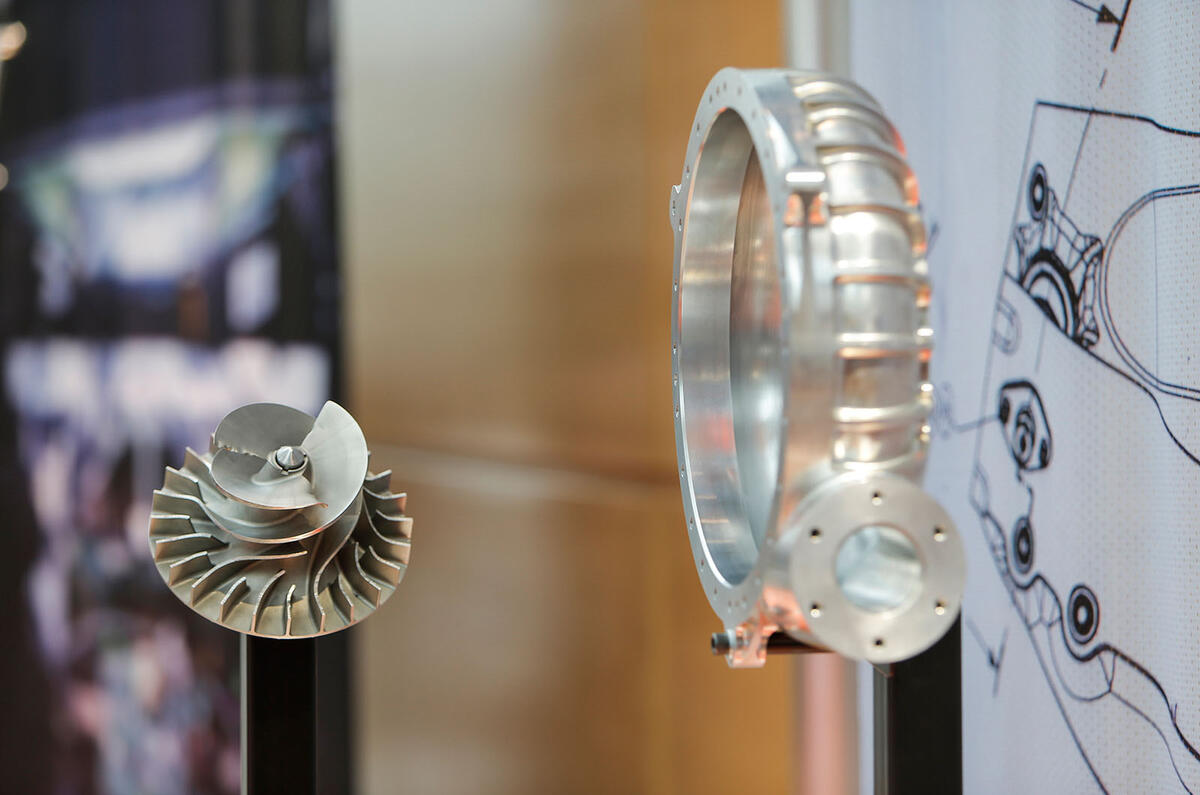

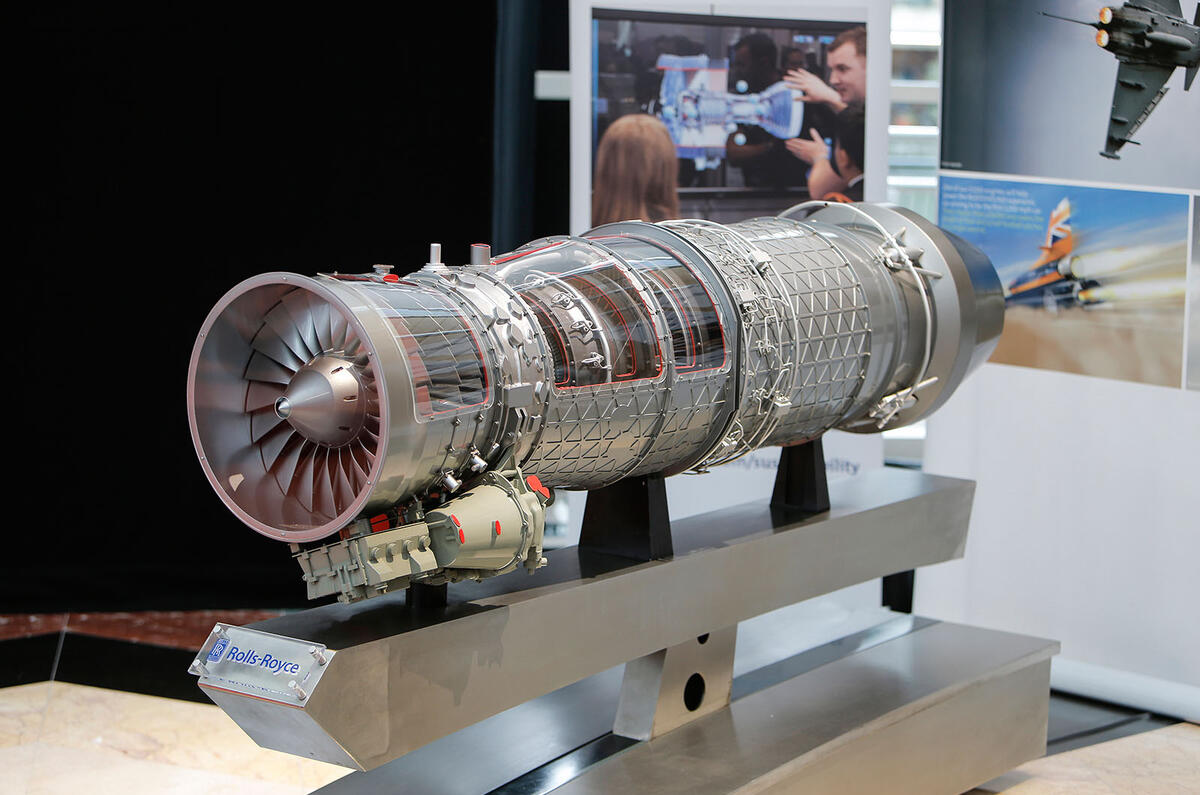
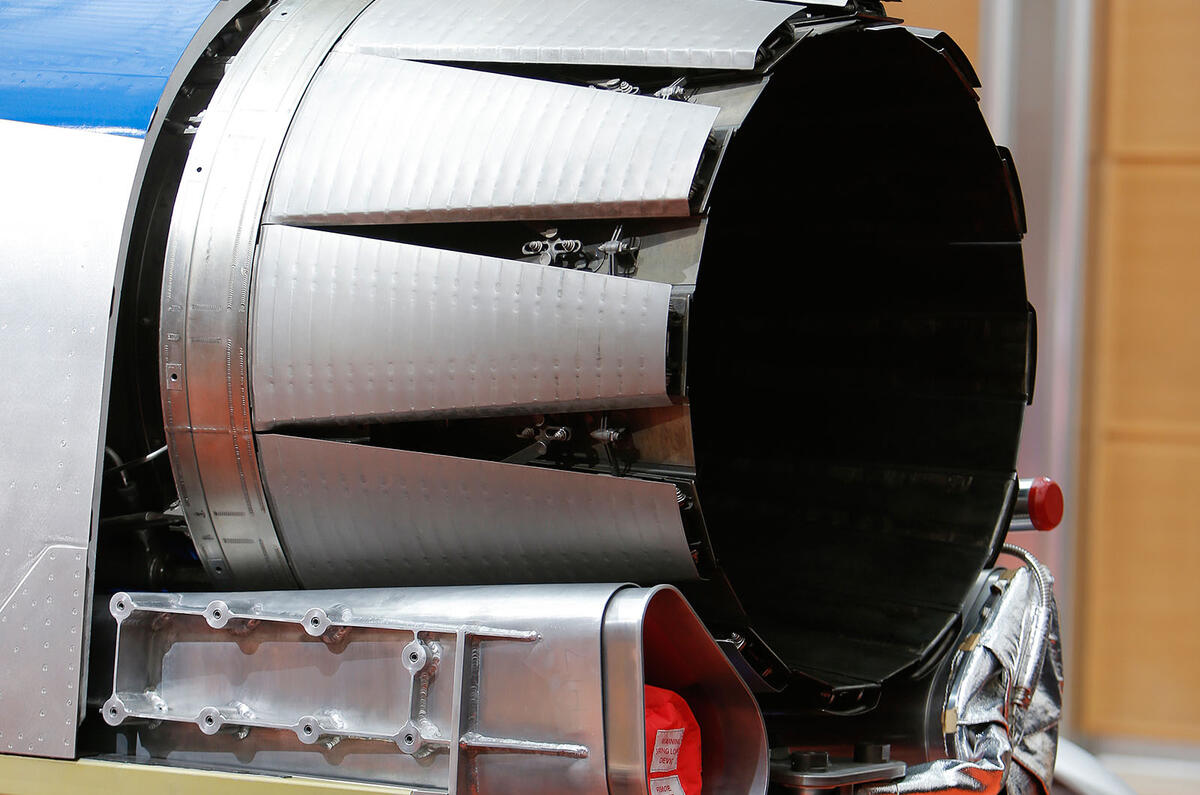
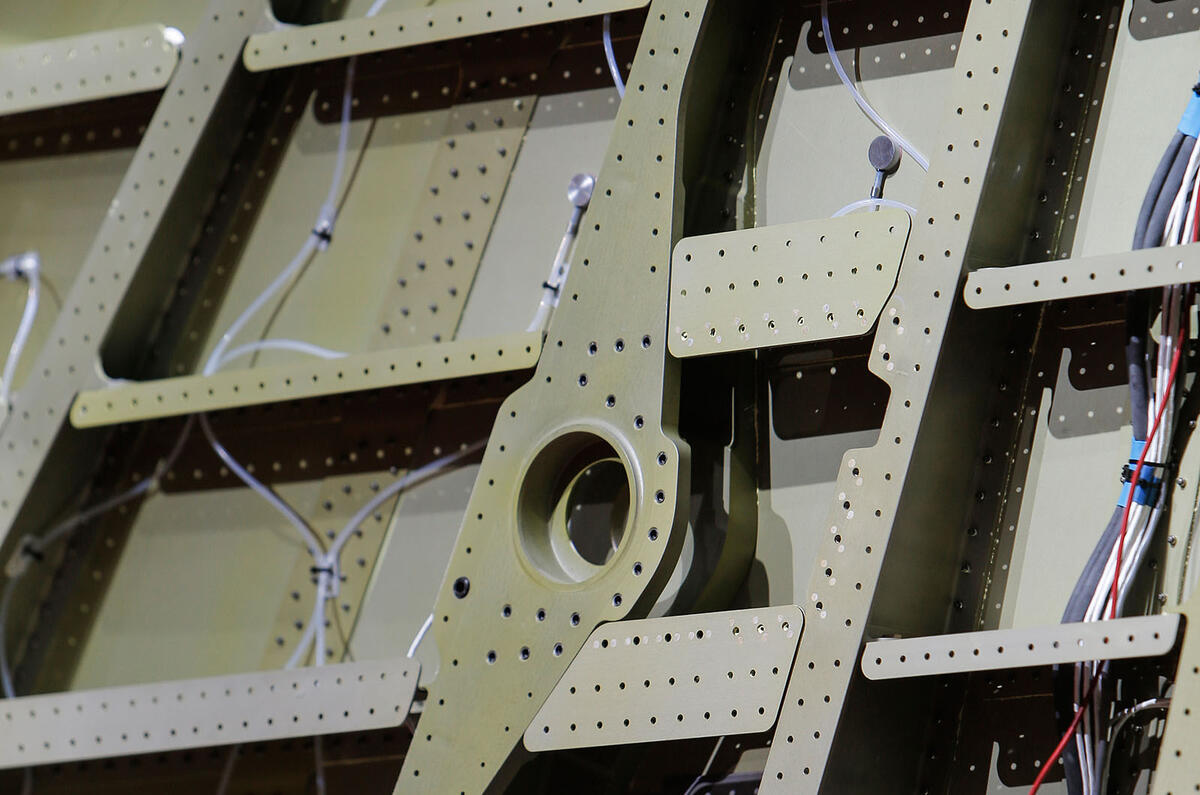
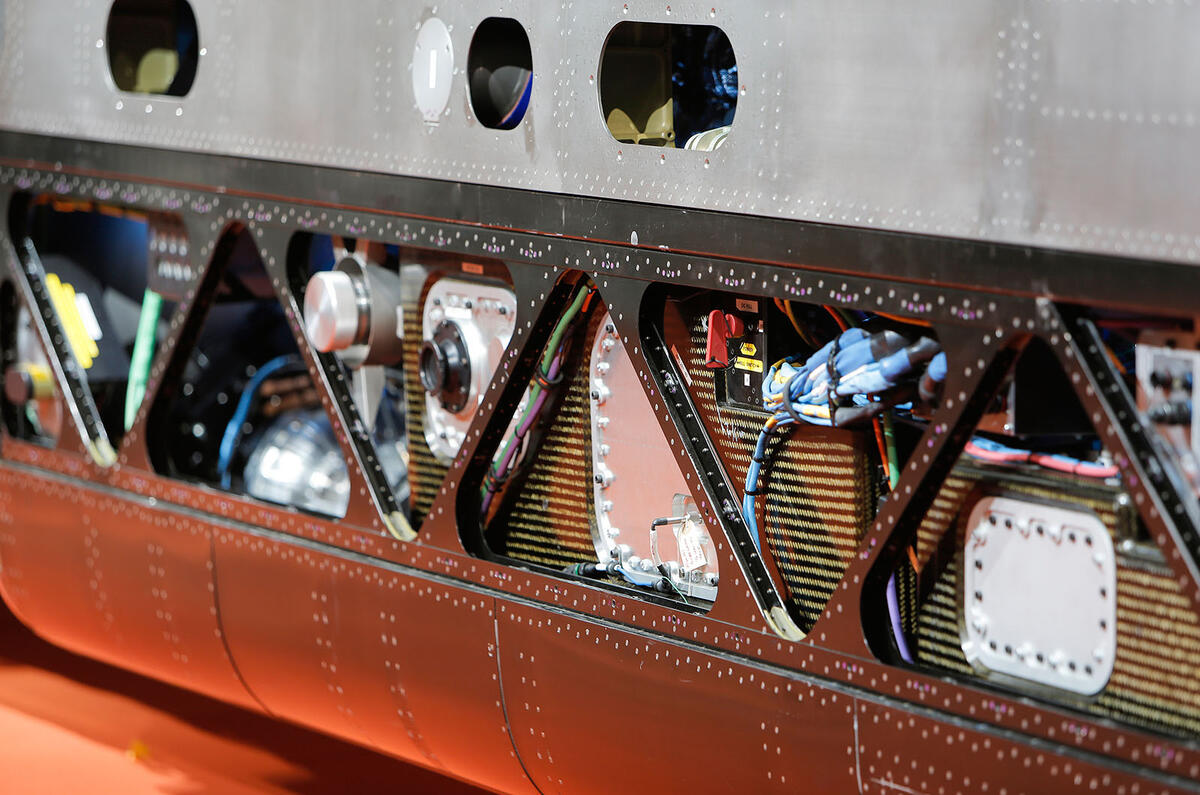
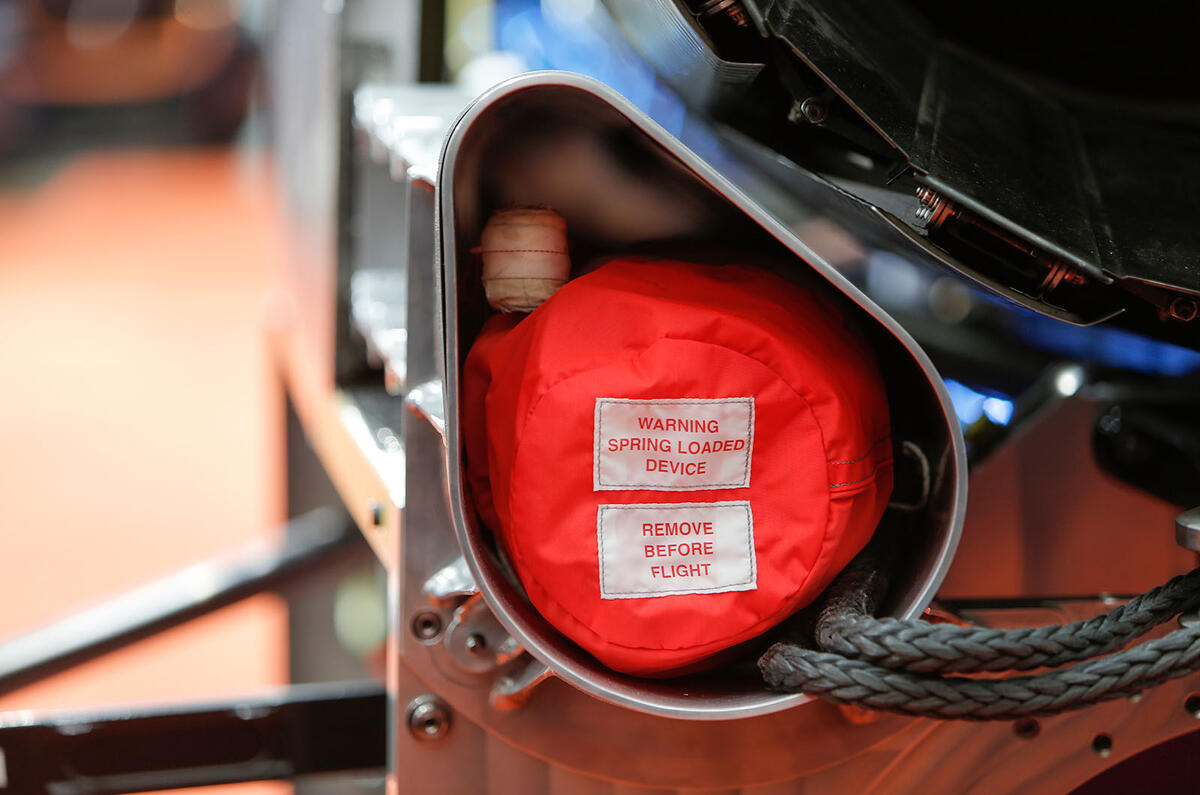
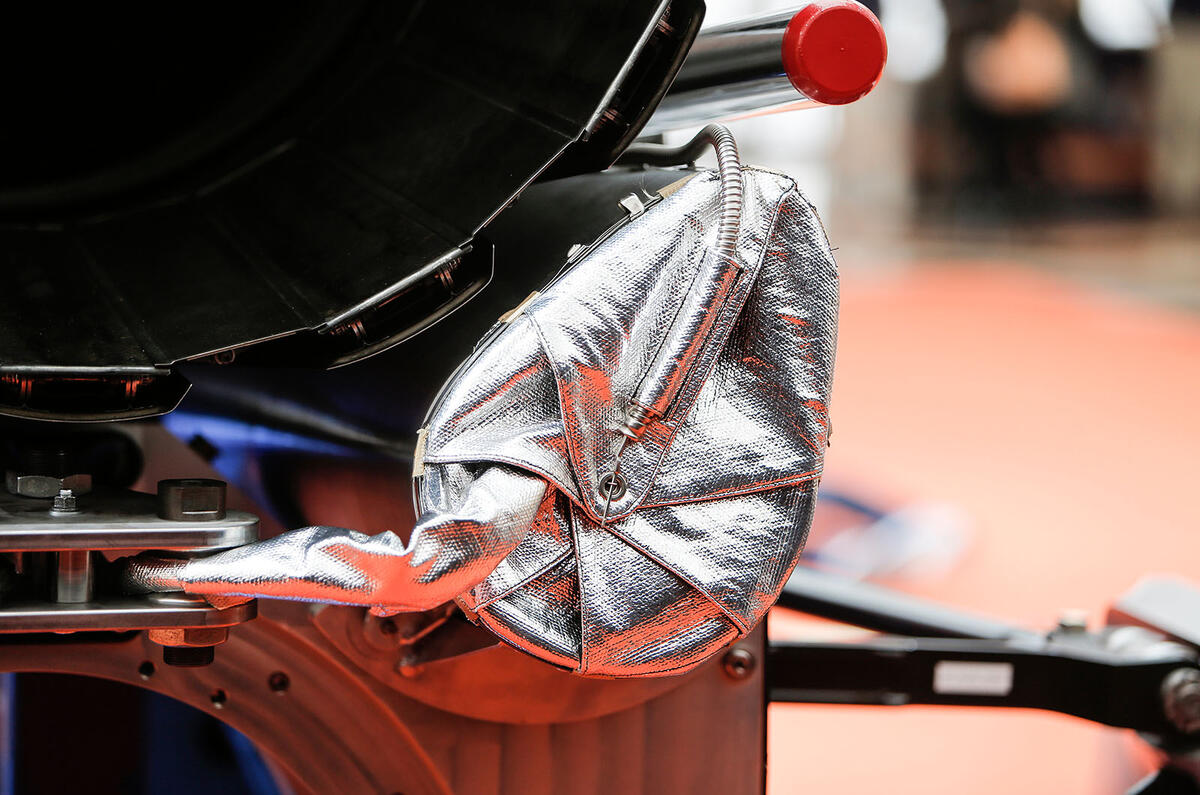
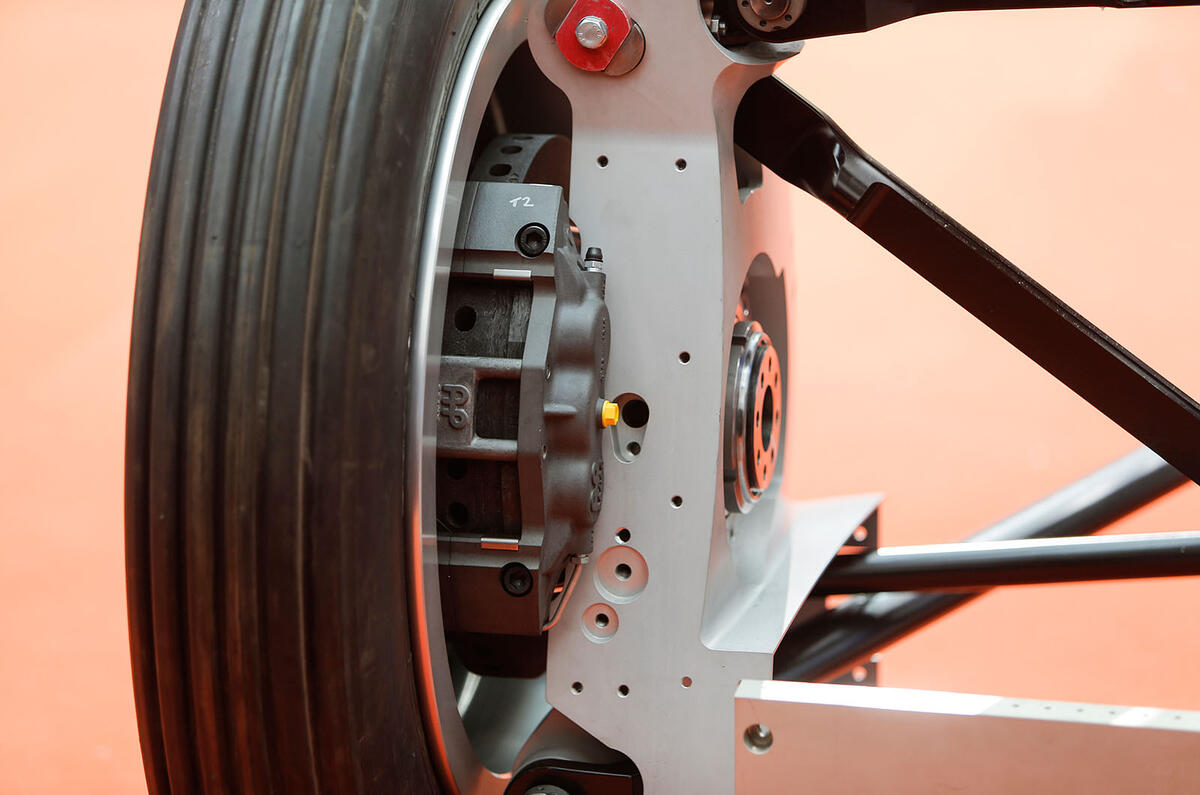
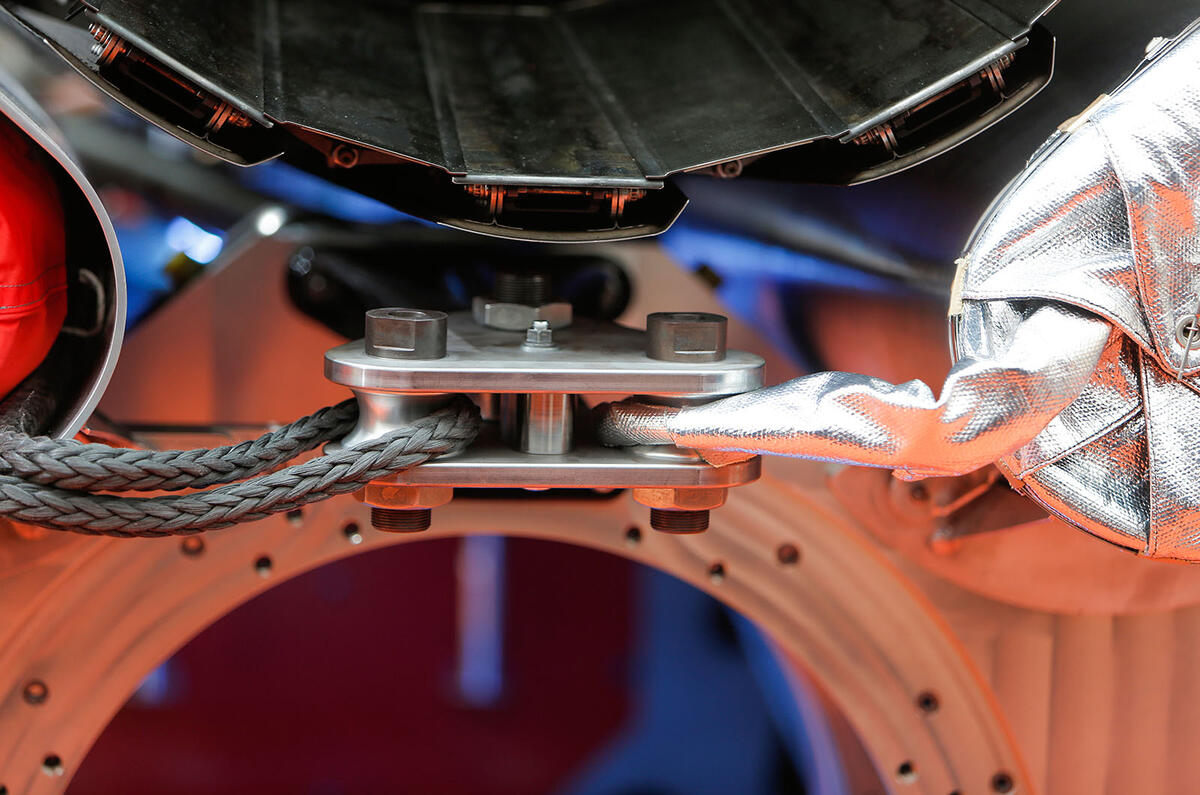
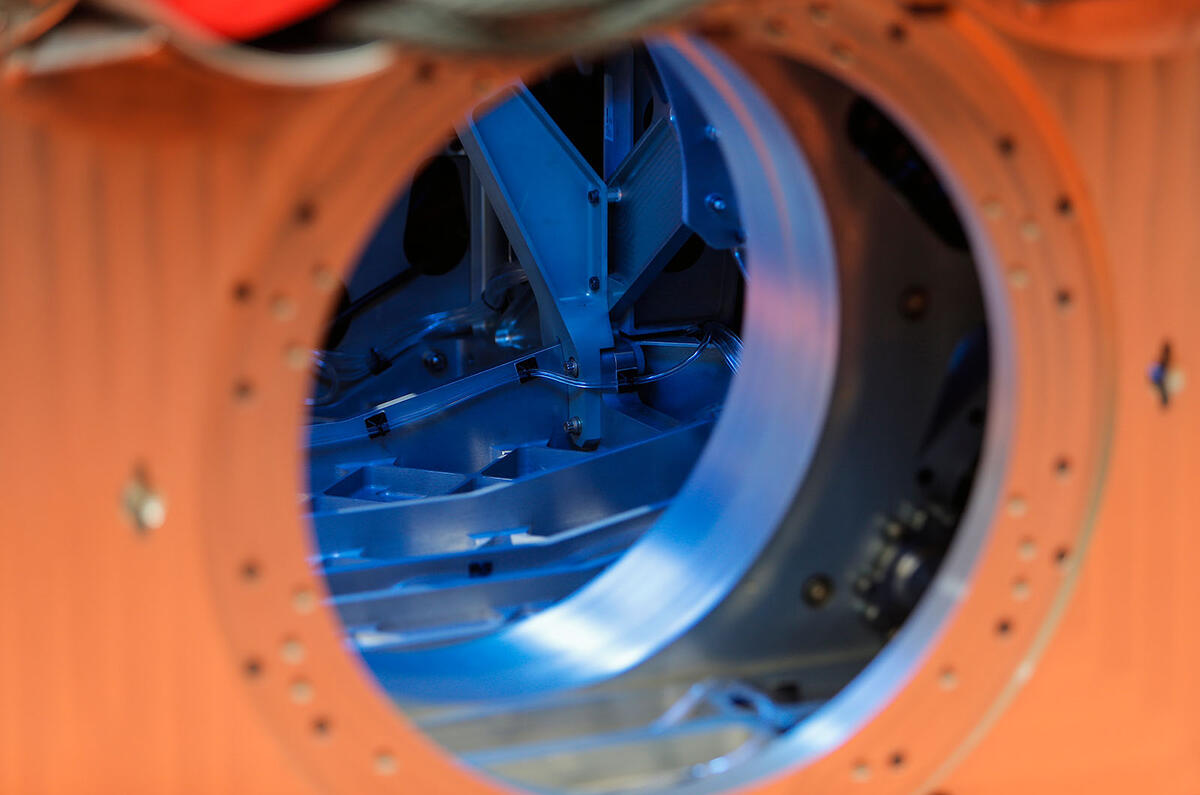
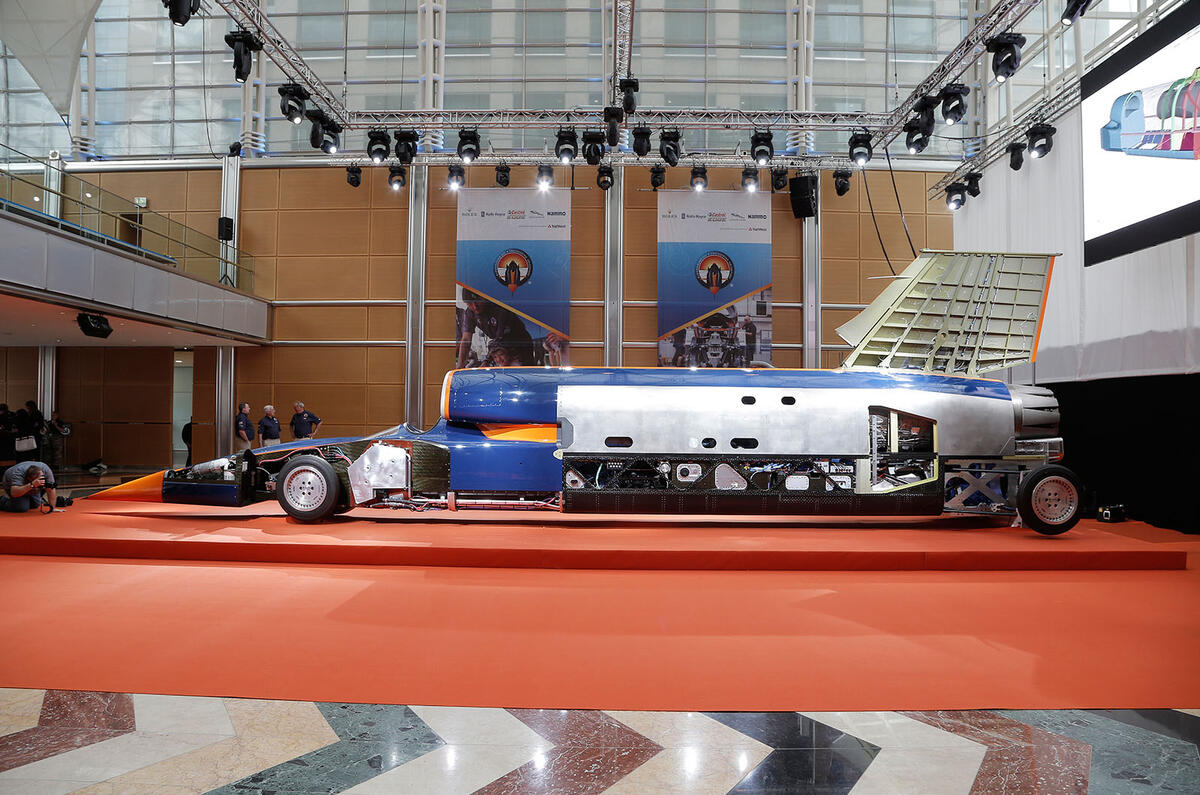
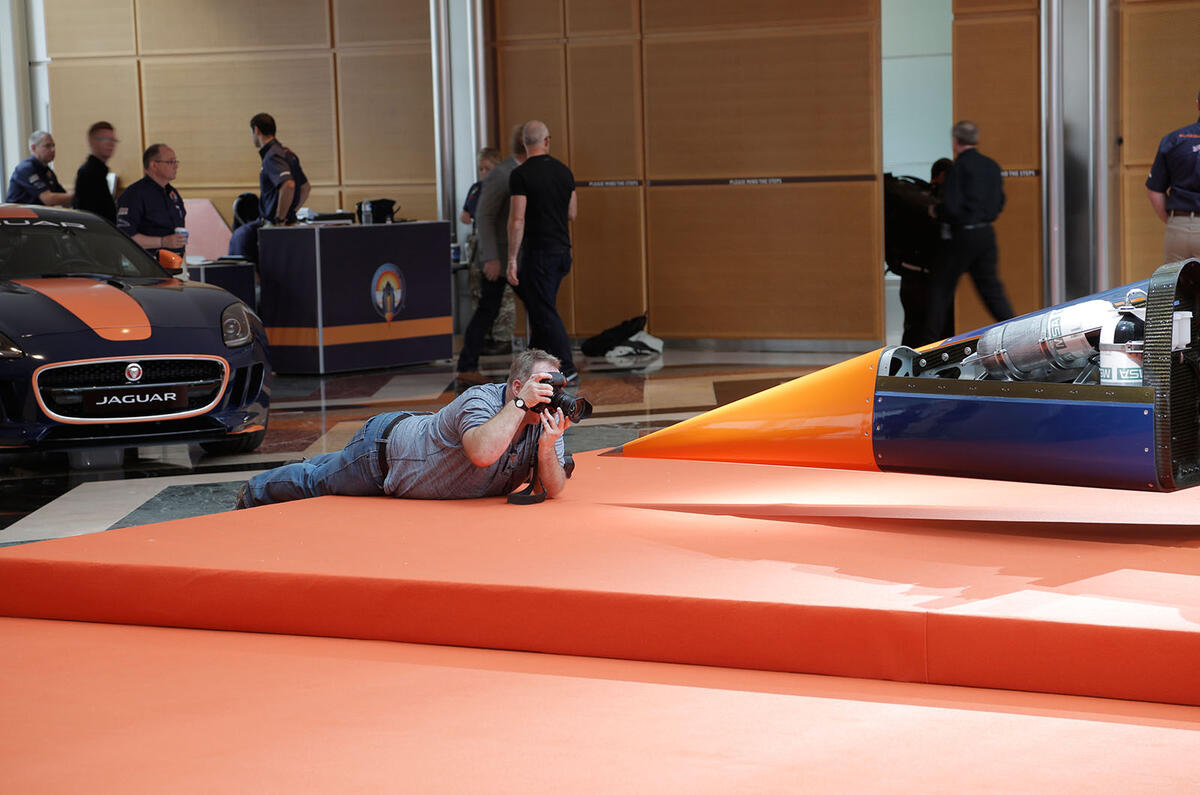

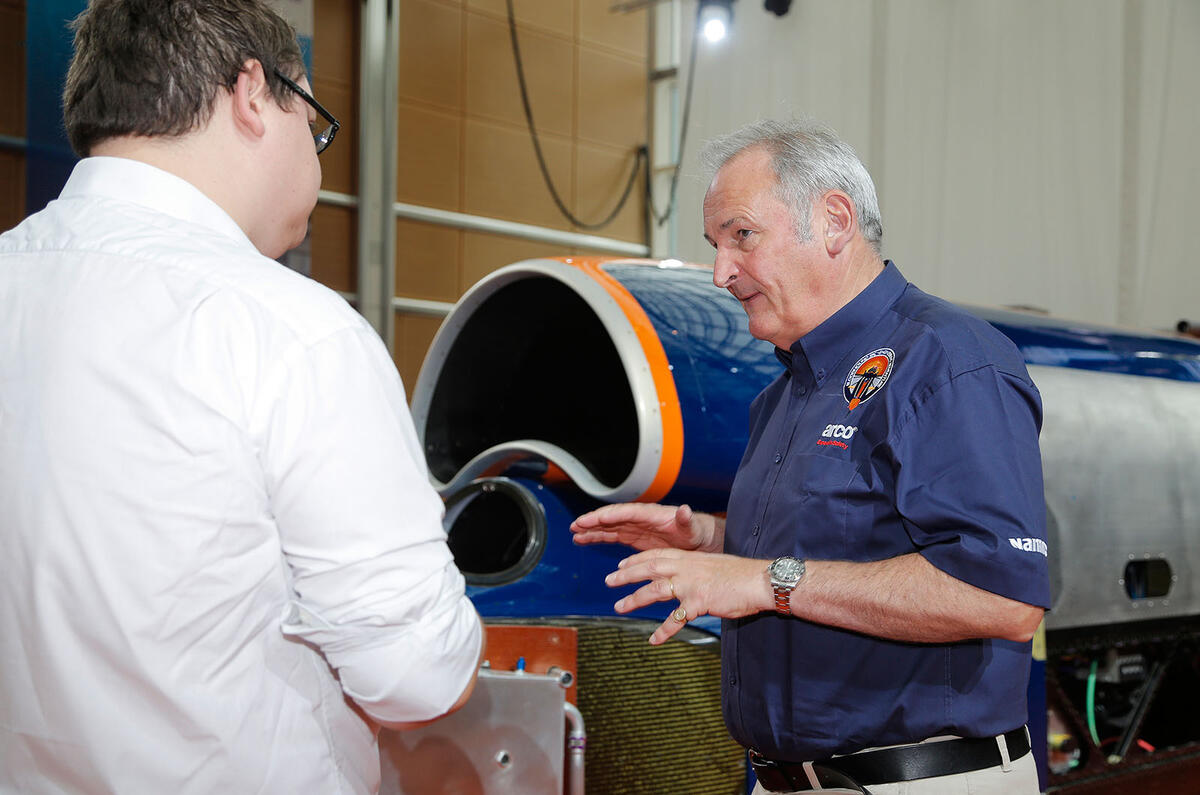
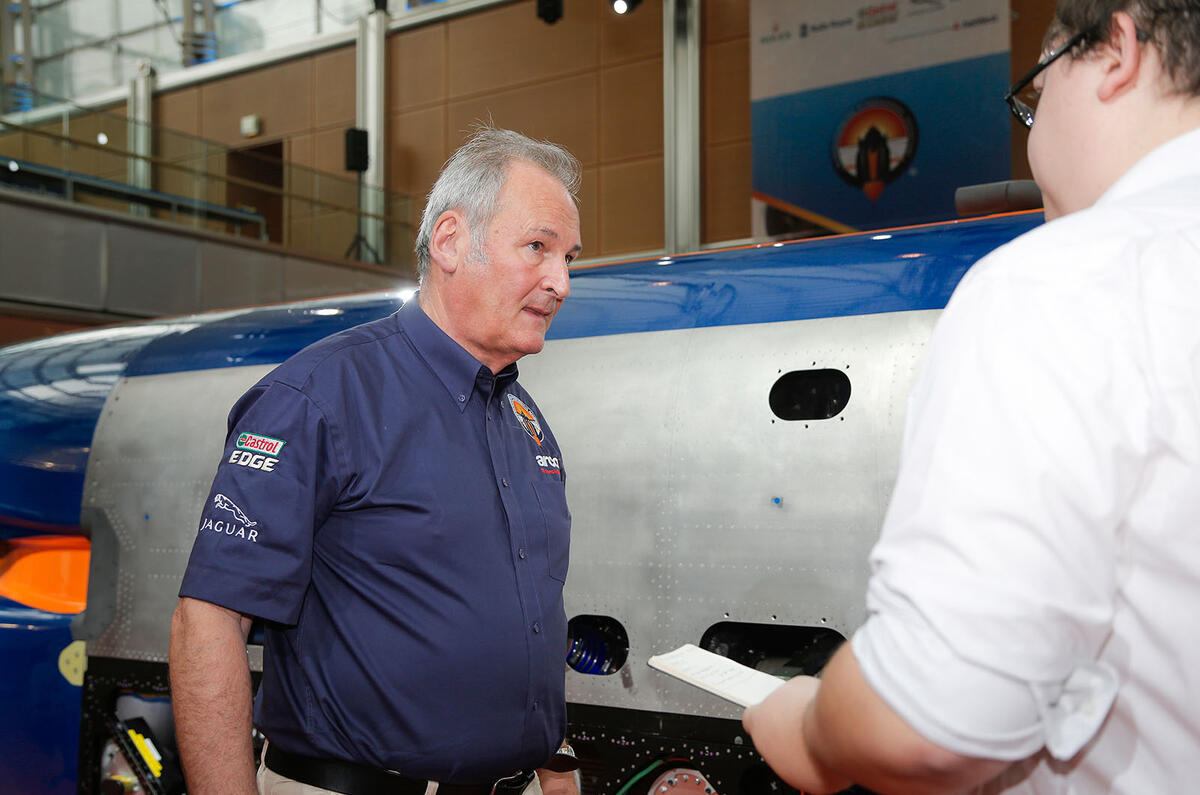
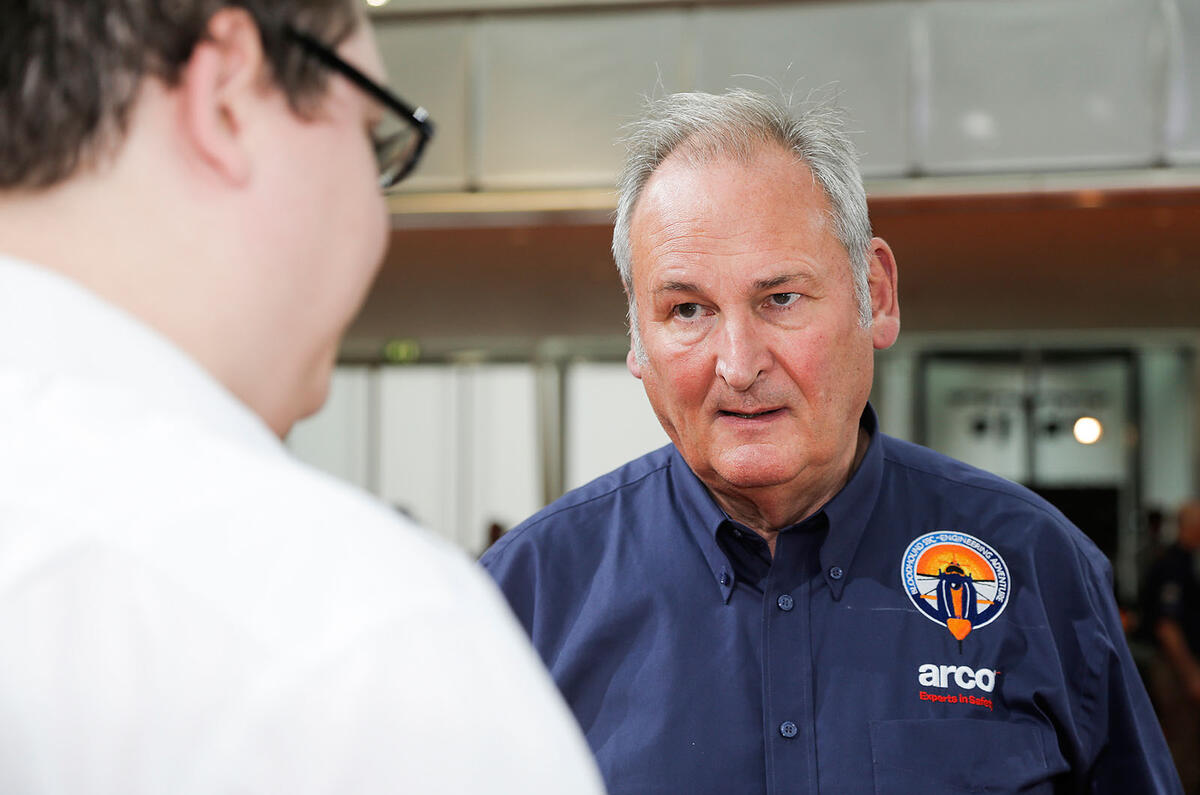
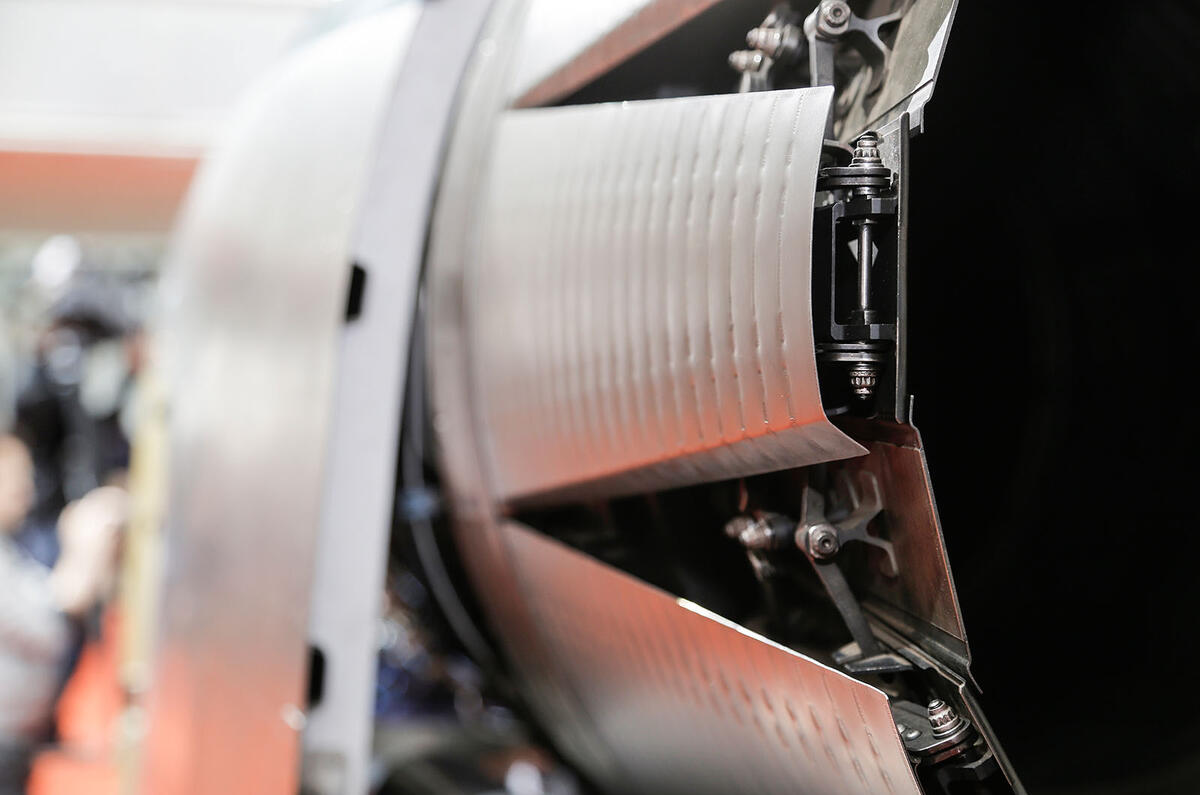
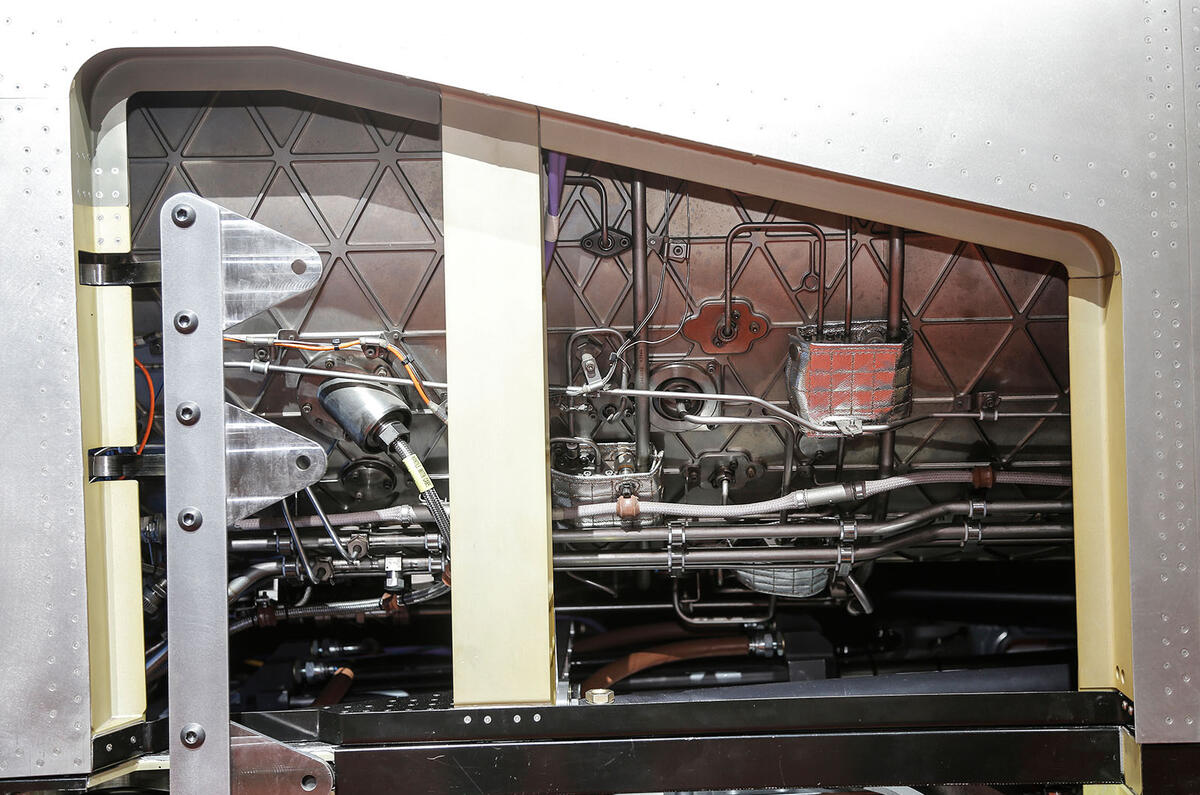
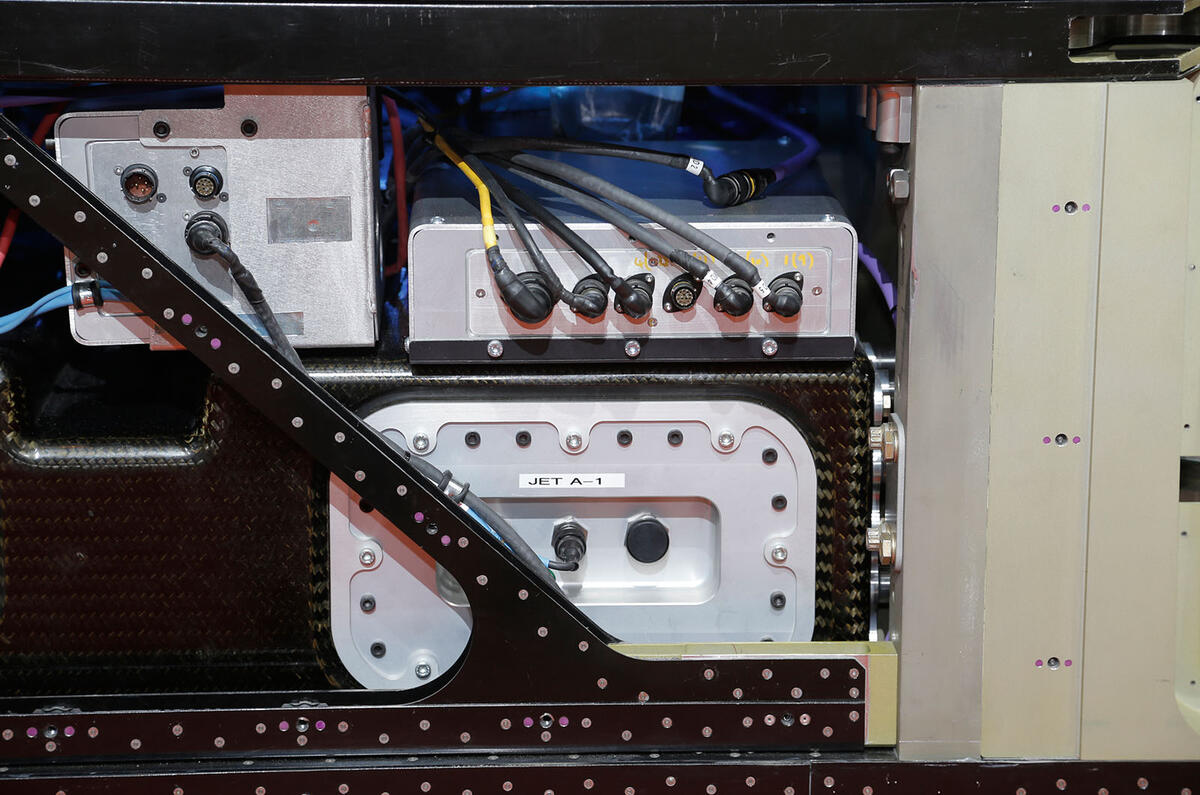
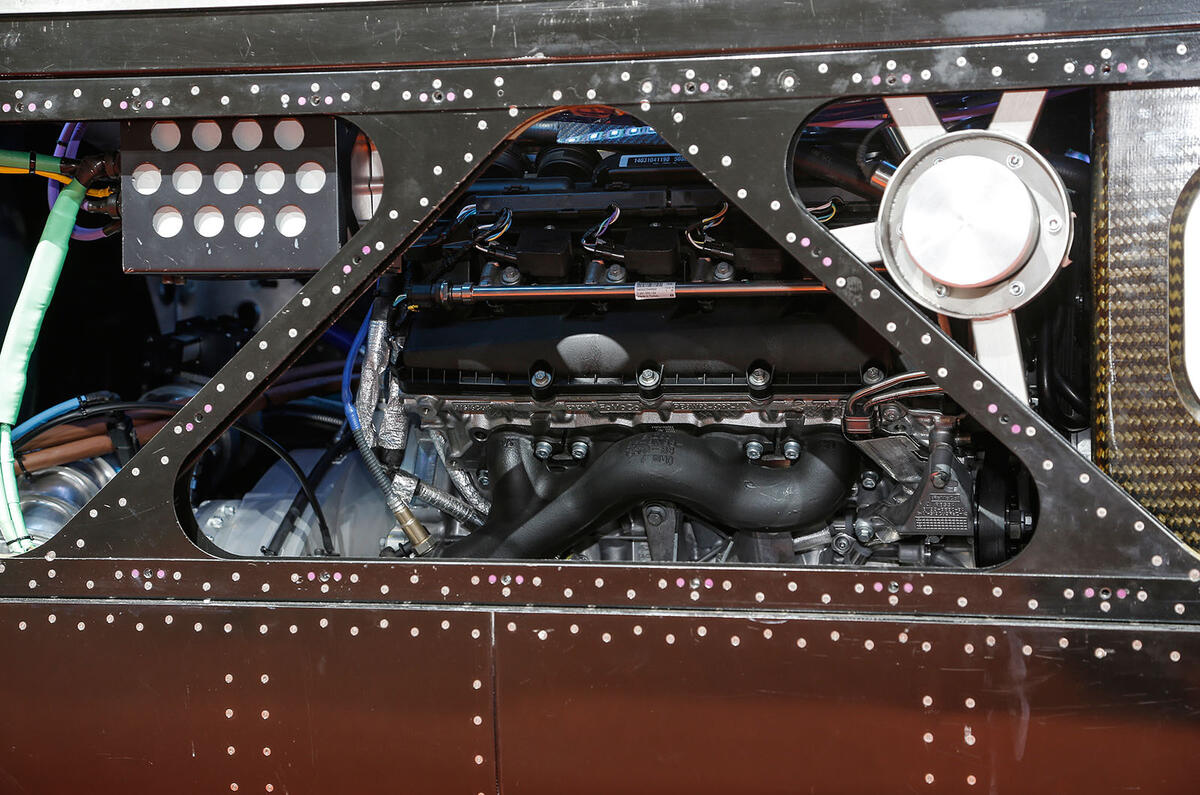

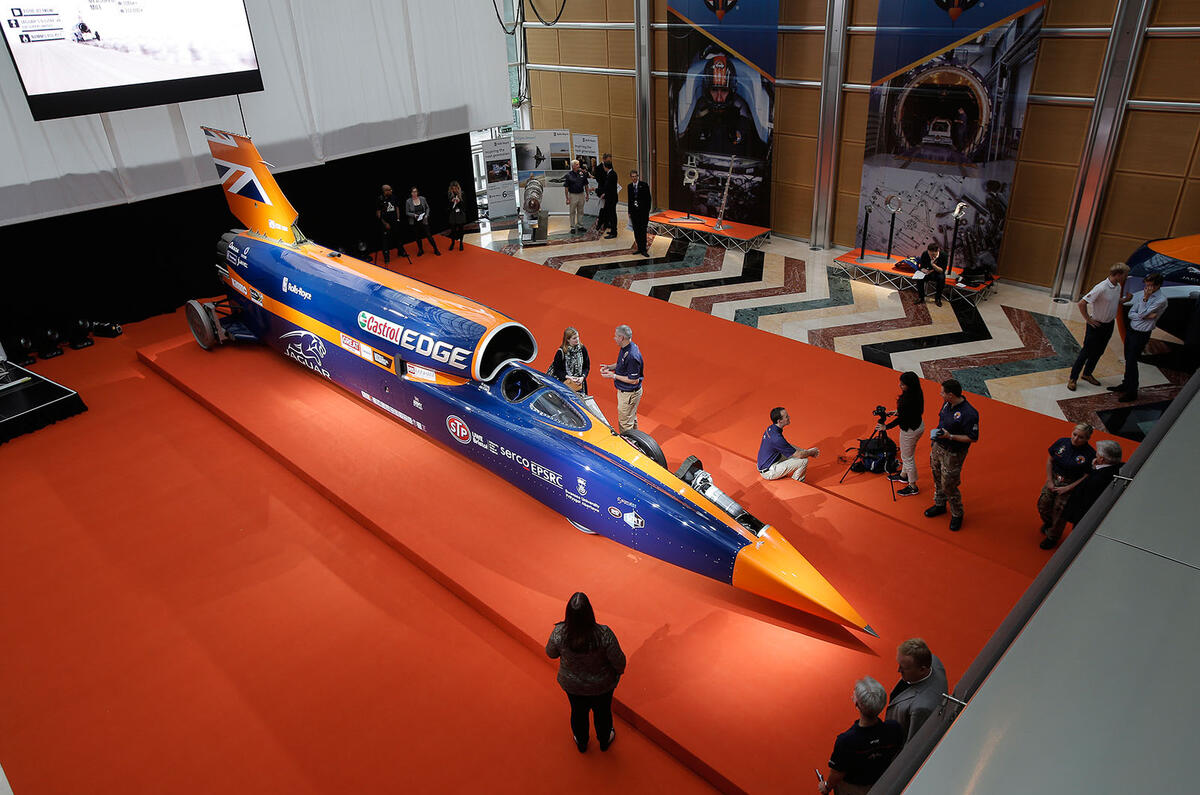
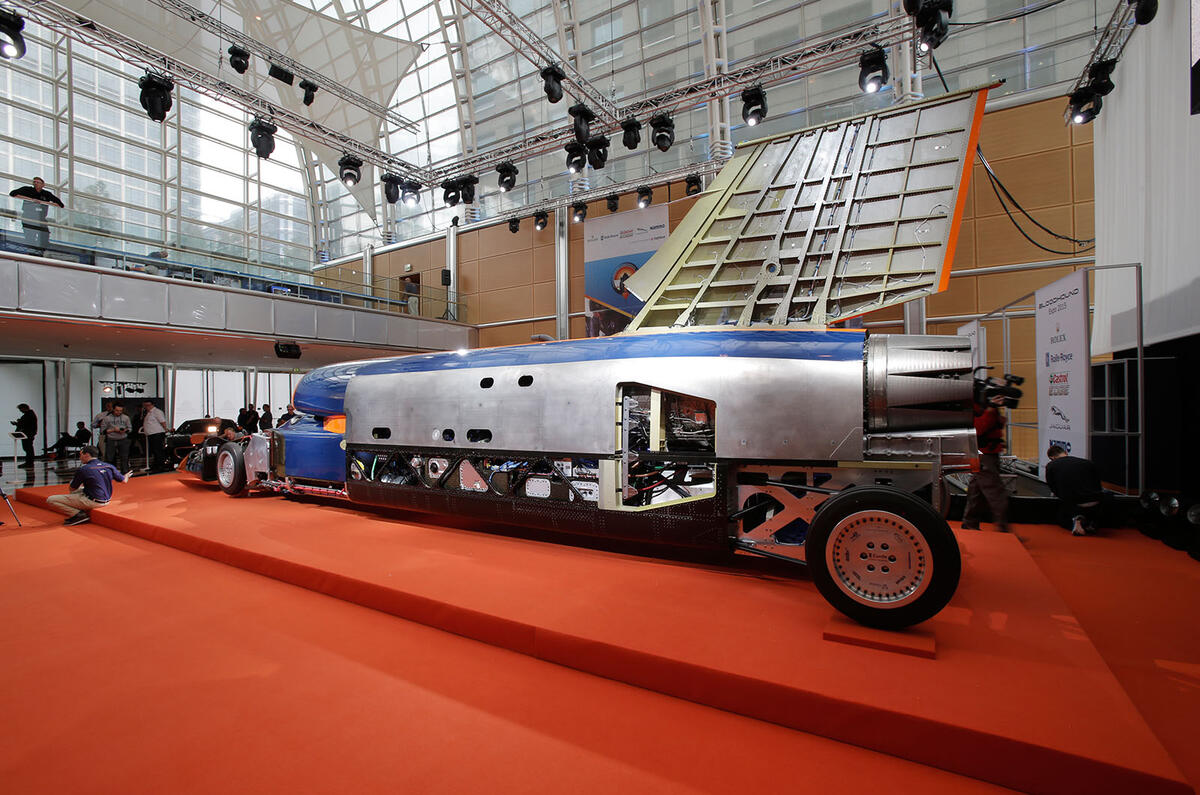
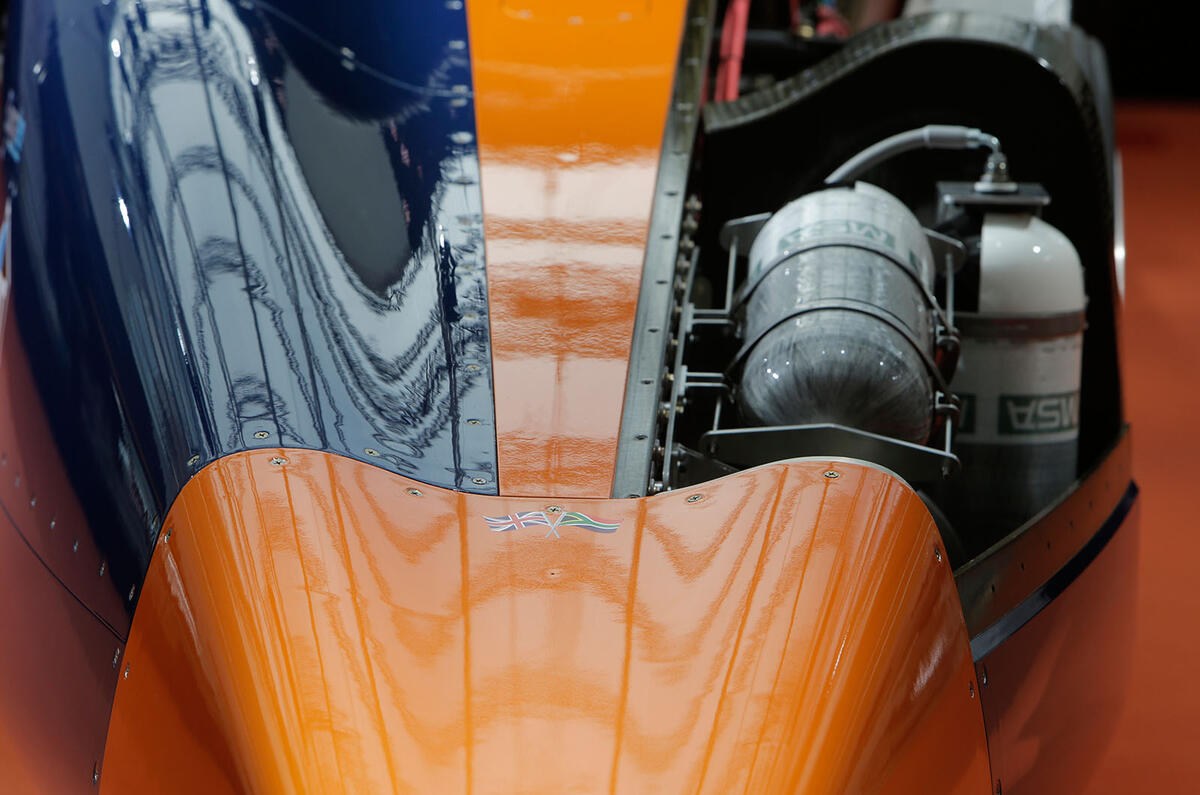
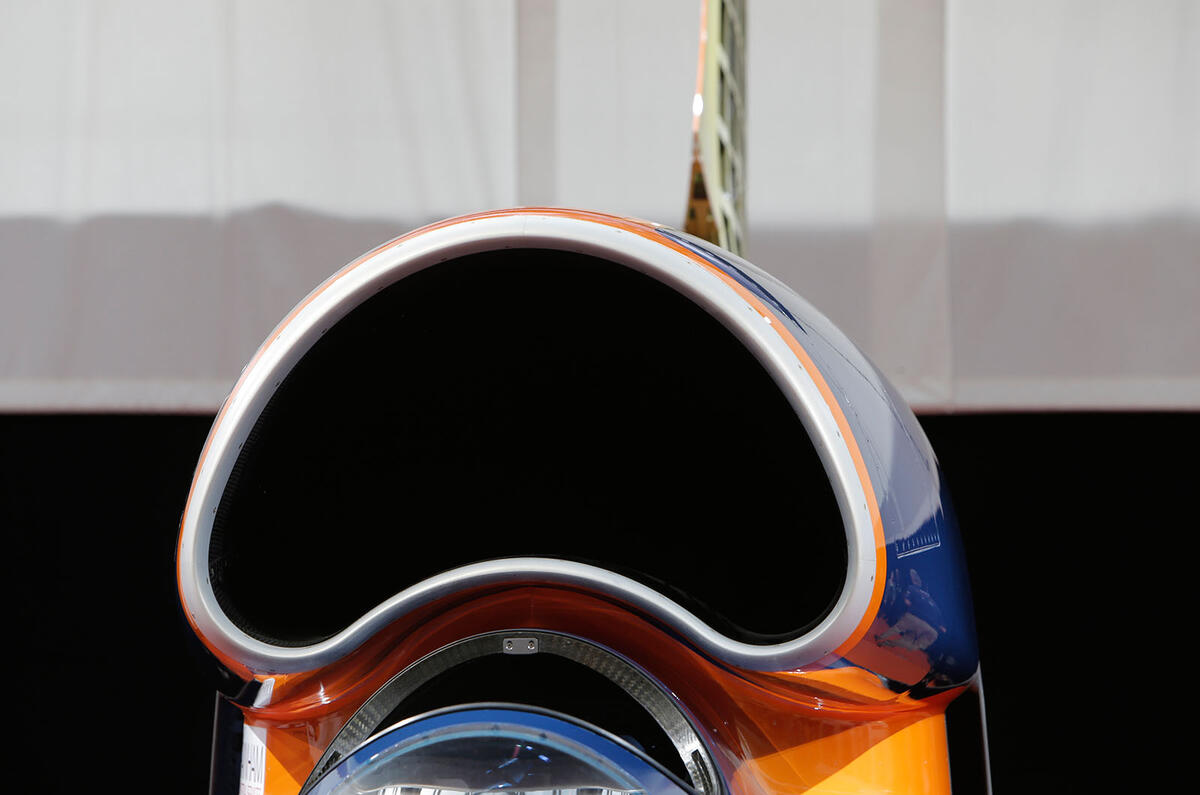
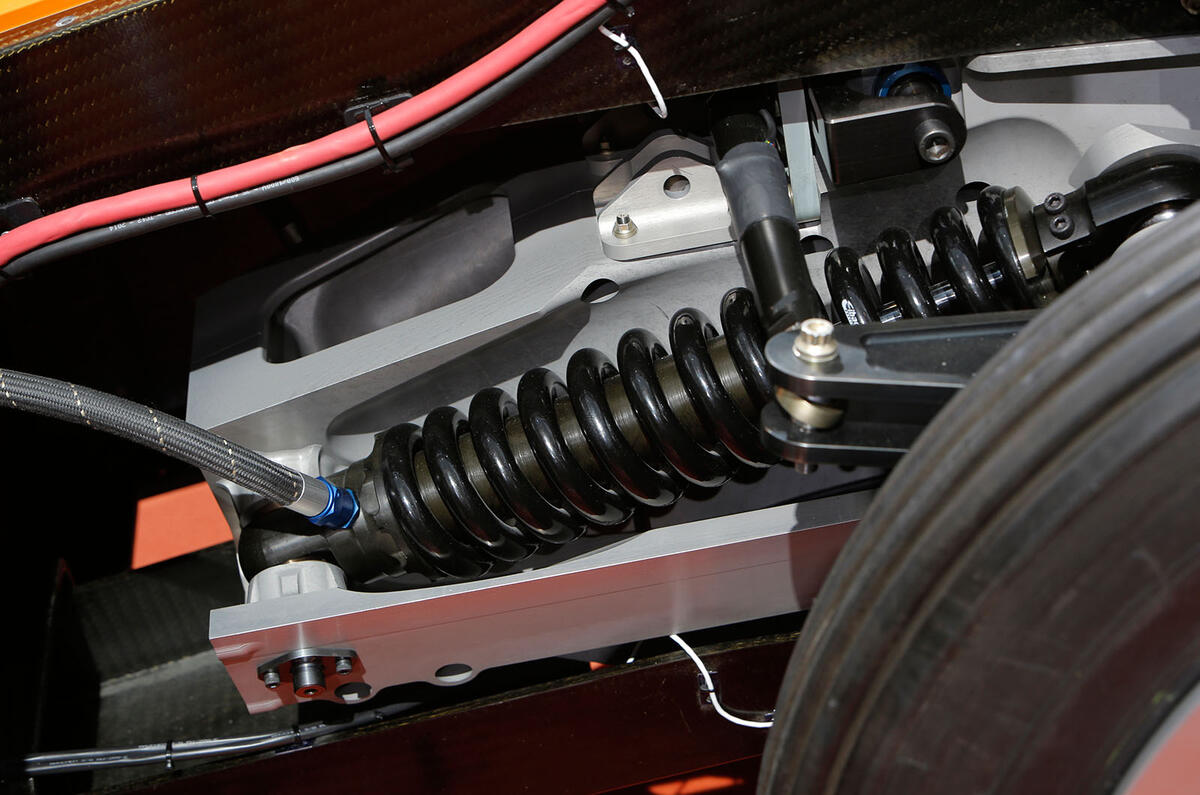
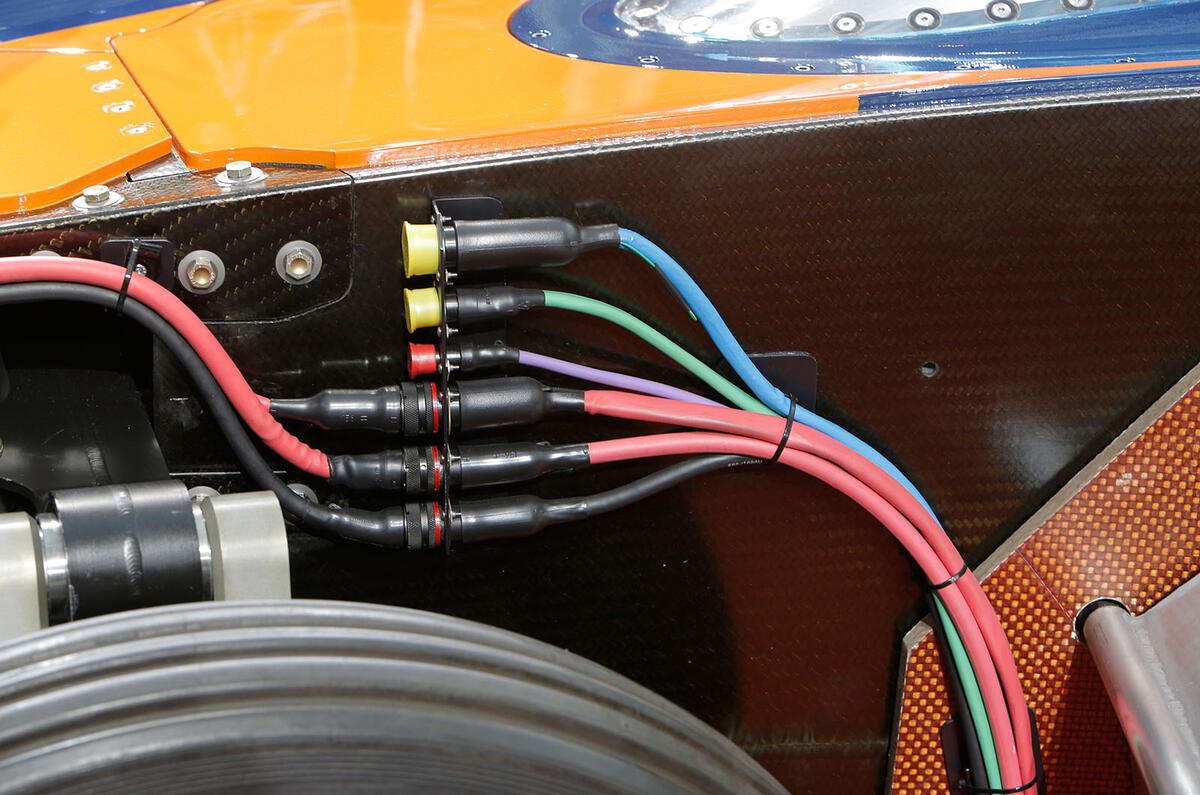
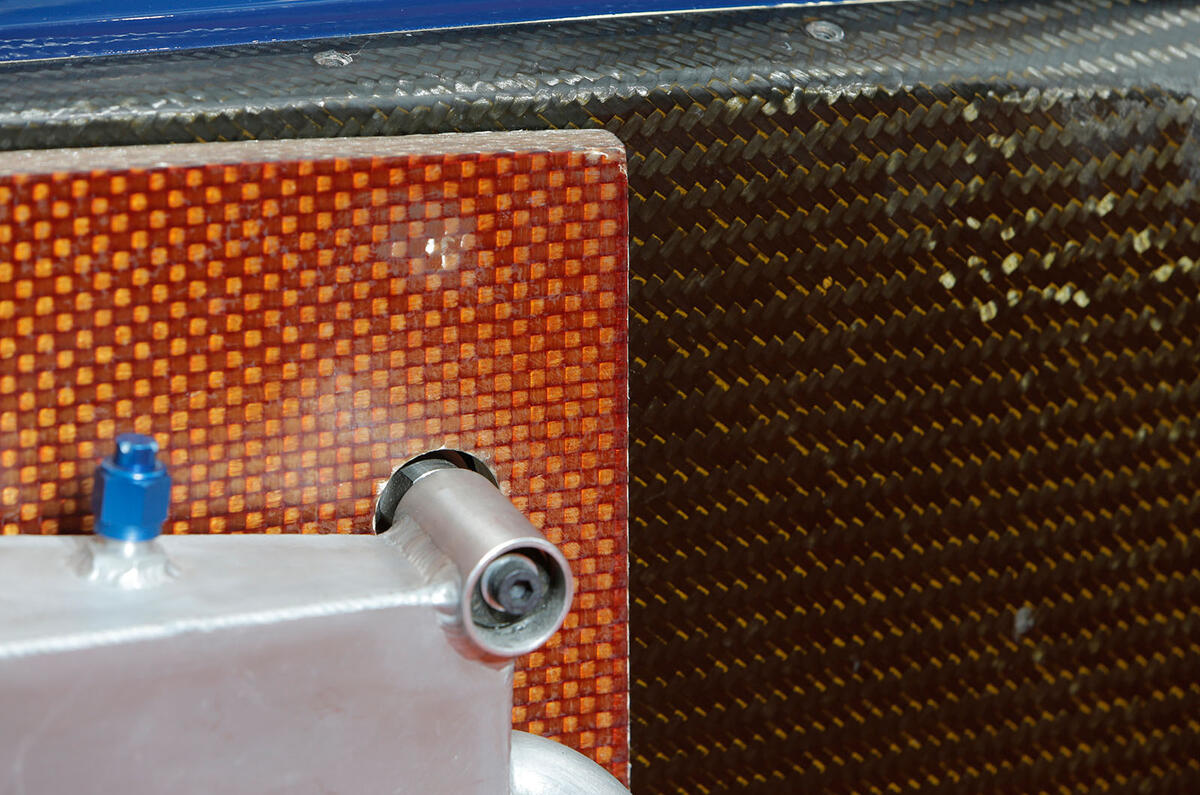
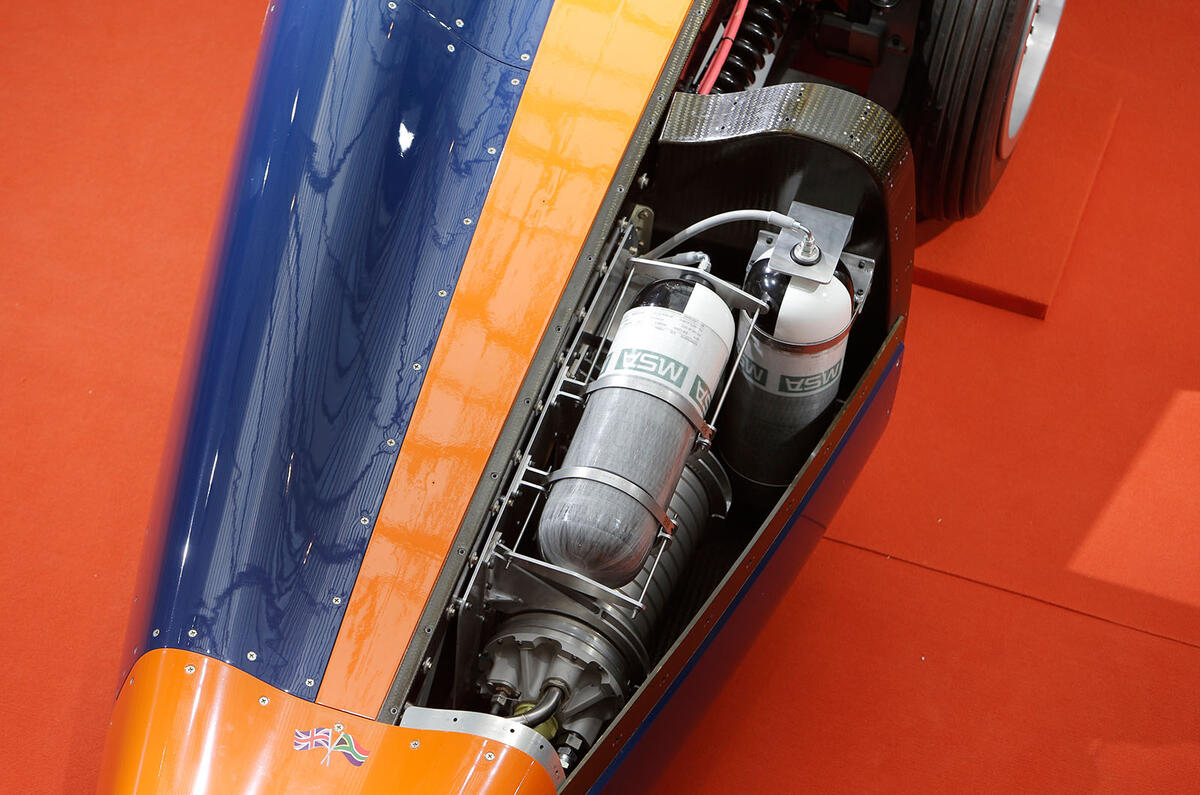
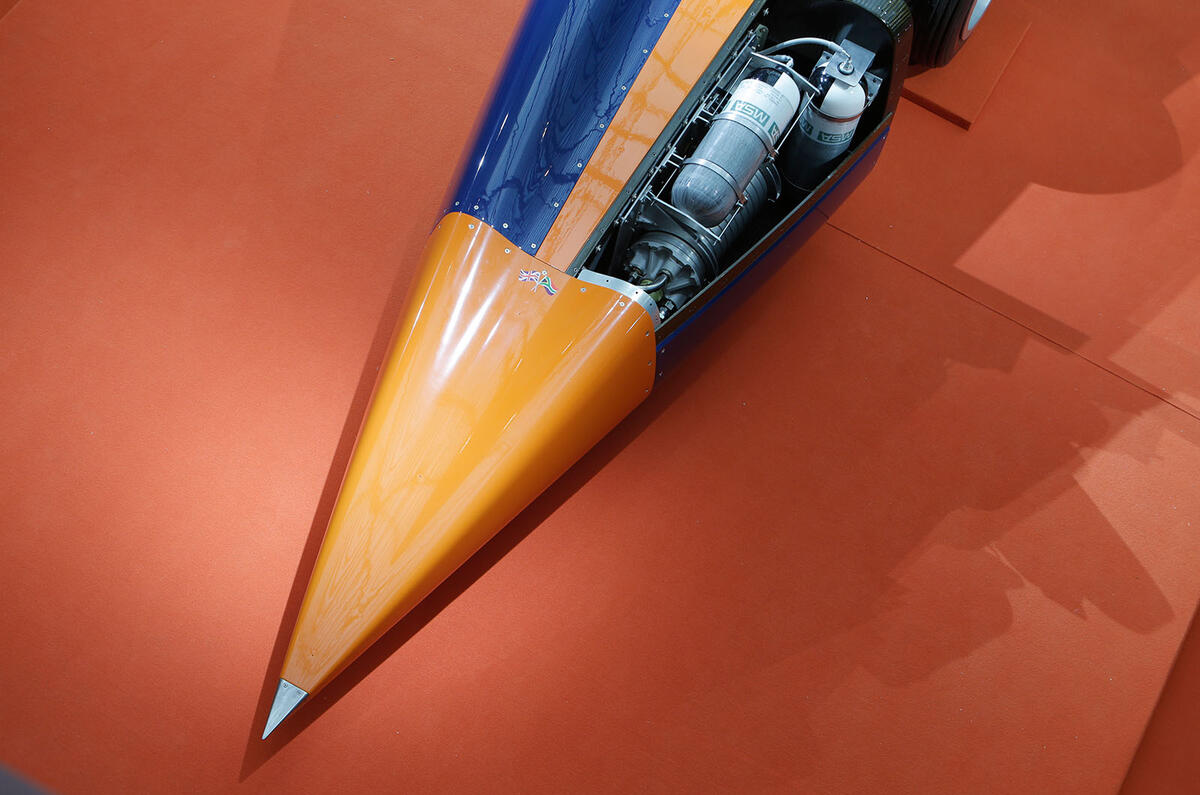
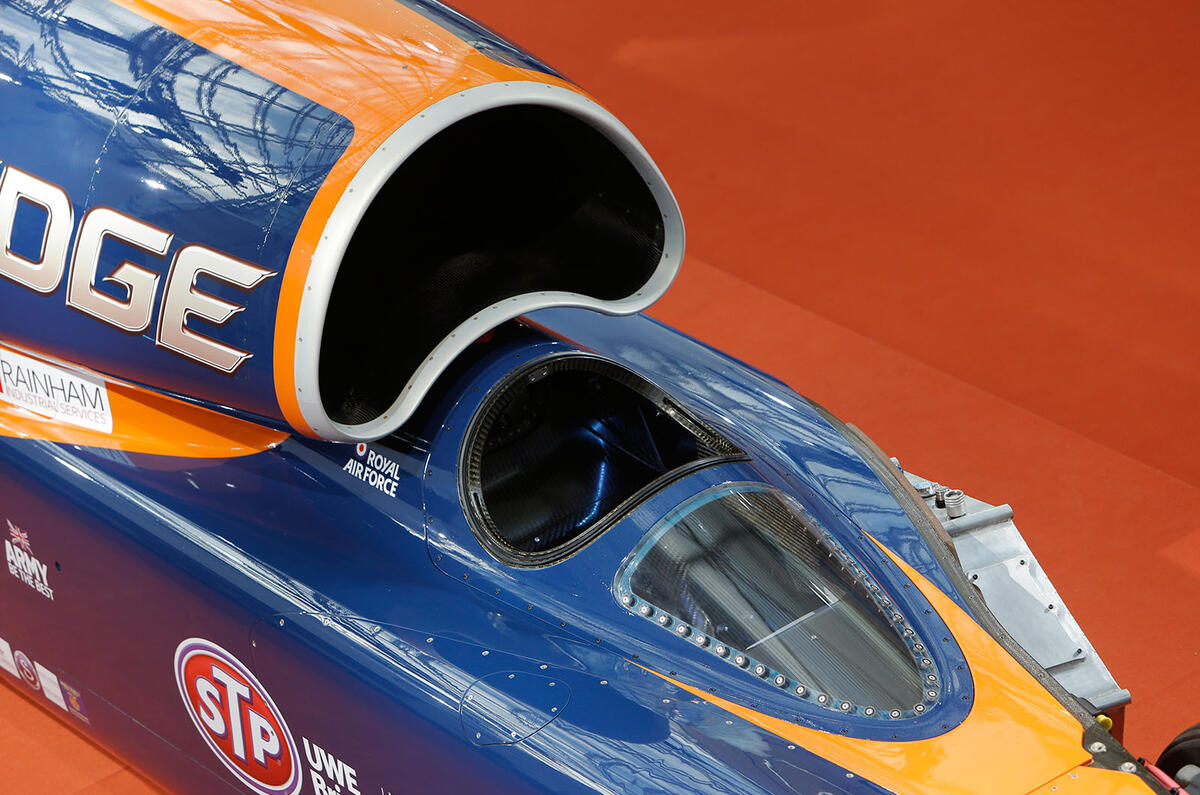
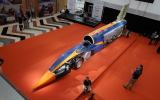
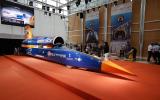
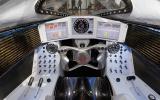
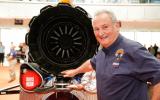
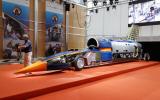
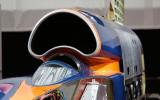
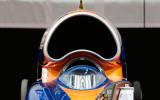
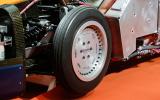

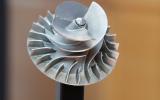
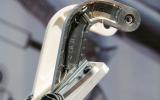
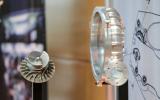
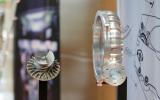
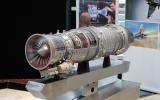
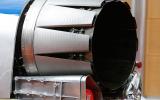

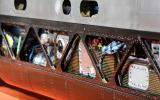
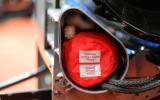
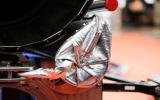
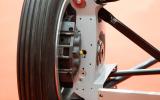
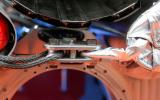
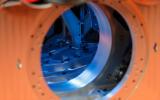
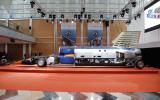
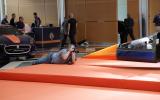

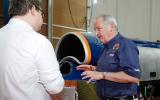
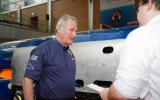
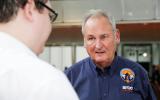
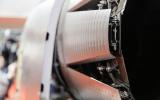
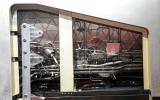
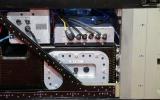
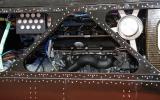
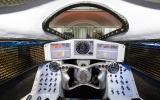
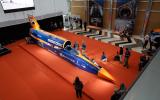
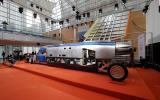
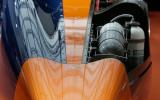
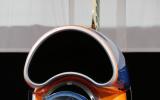
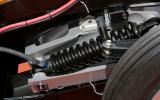
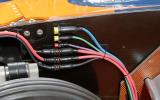
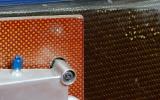

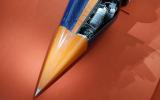
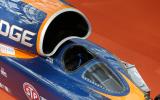


Add your comment